Kalahari magic: life, death and luxury in the desert
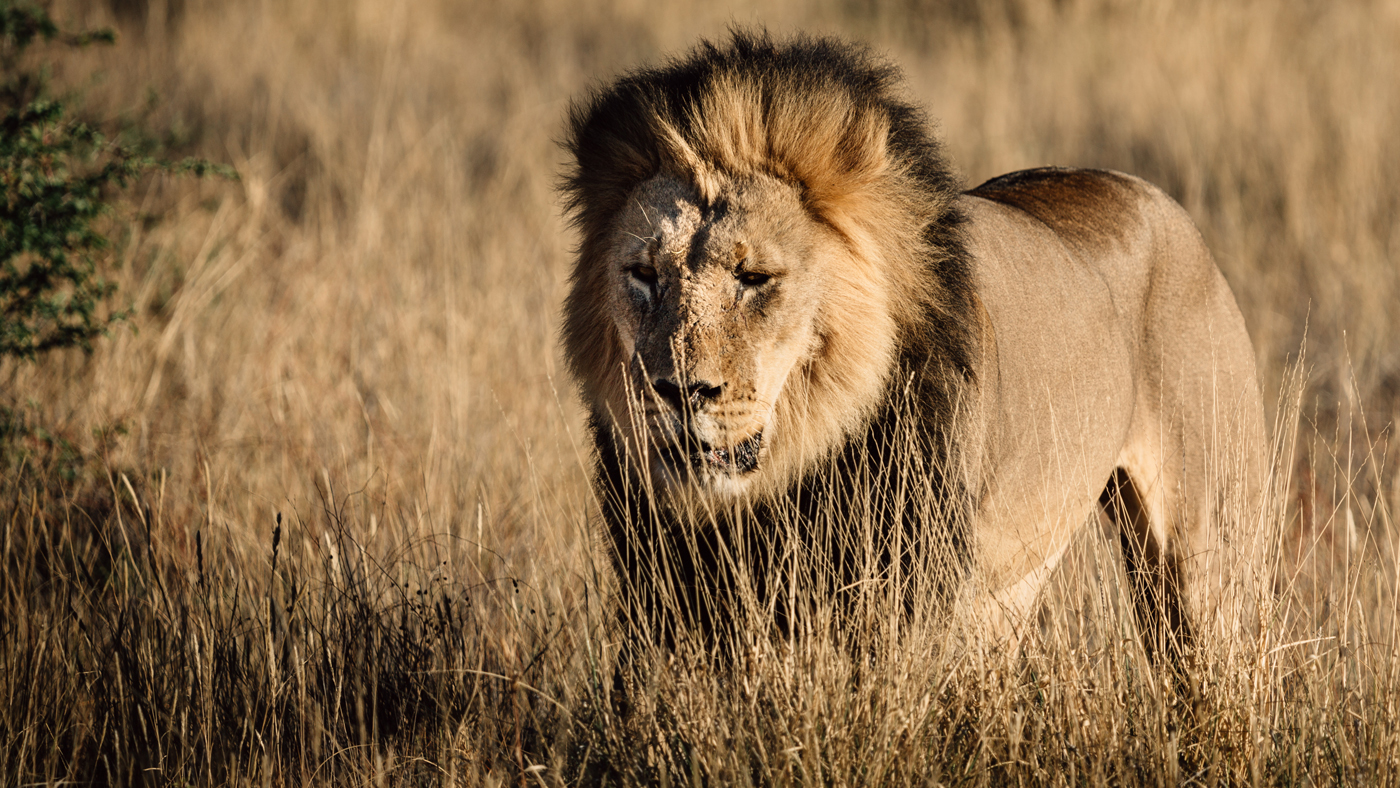
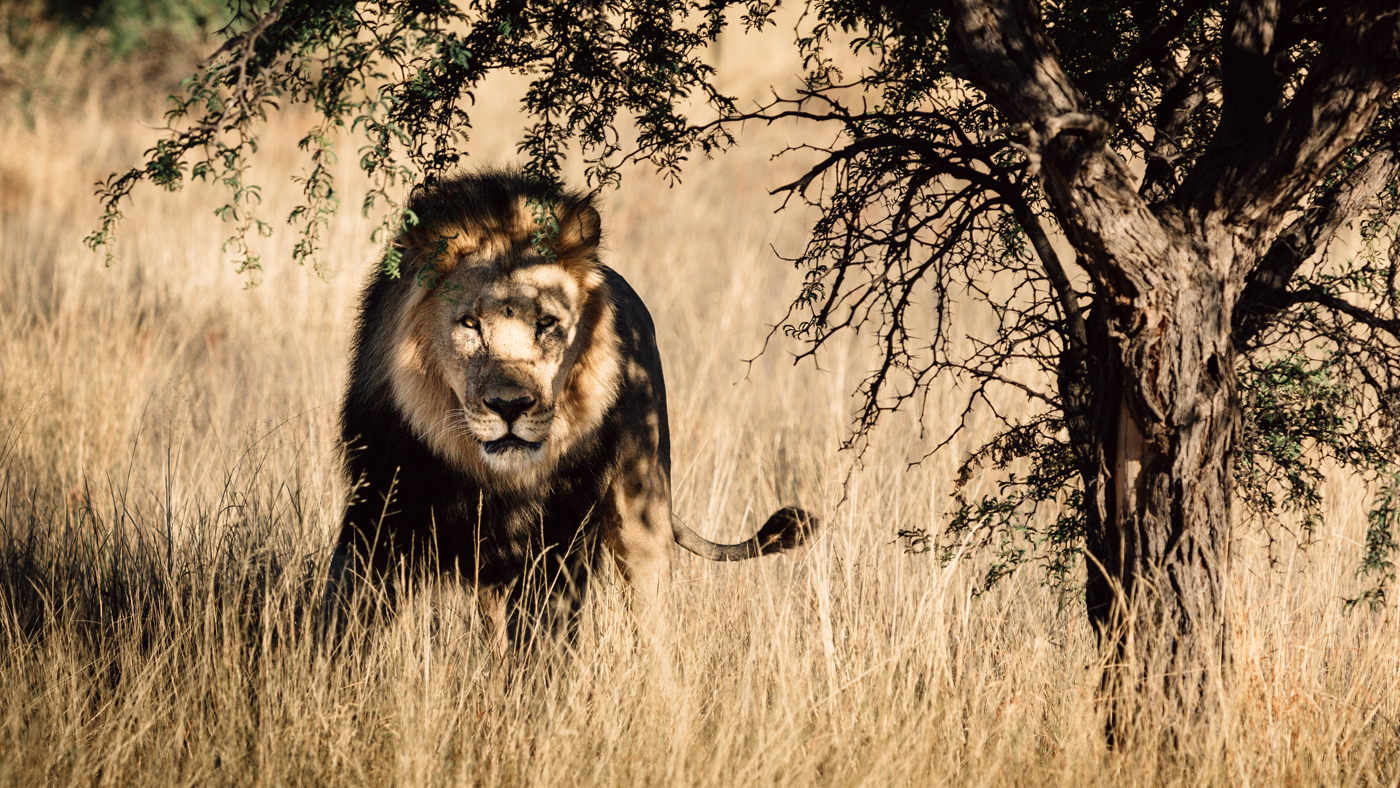
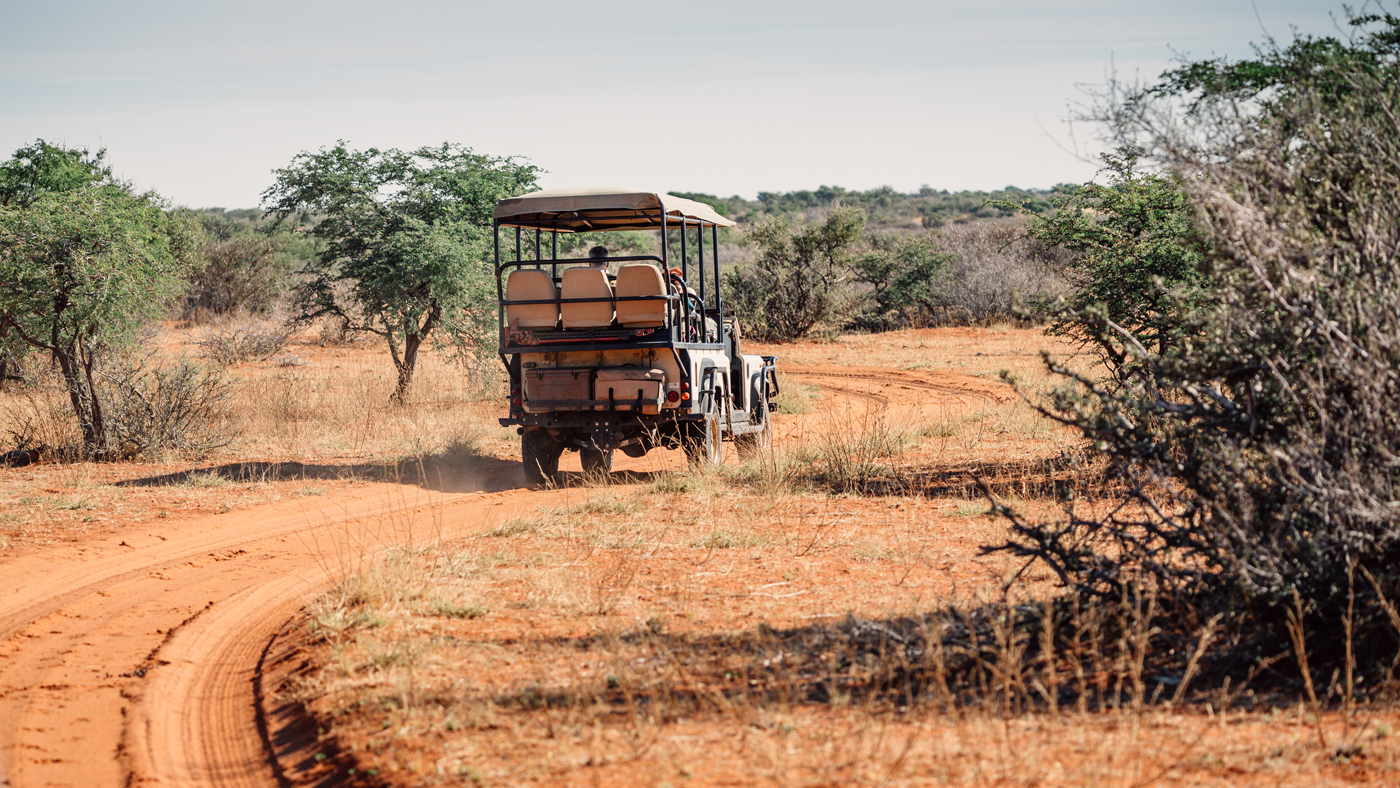
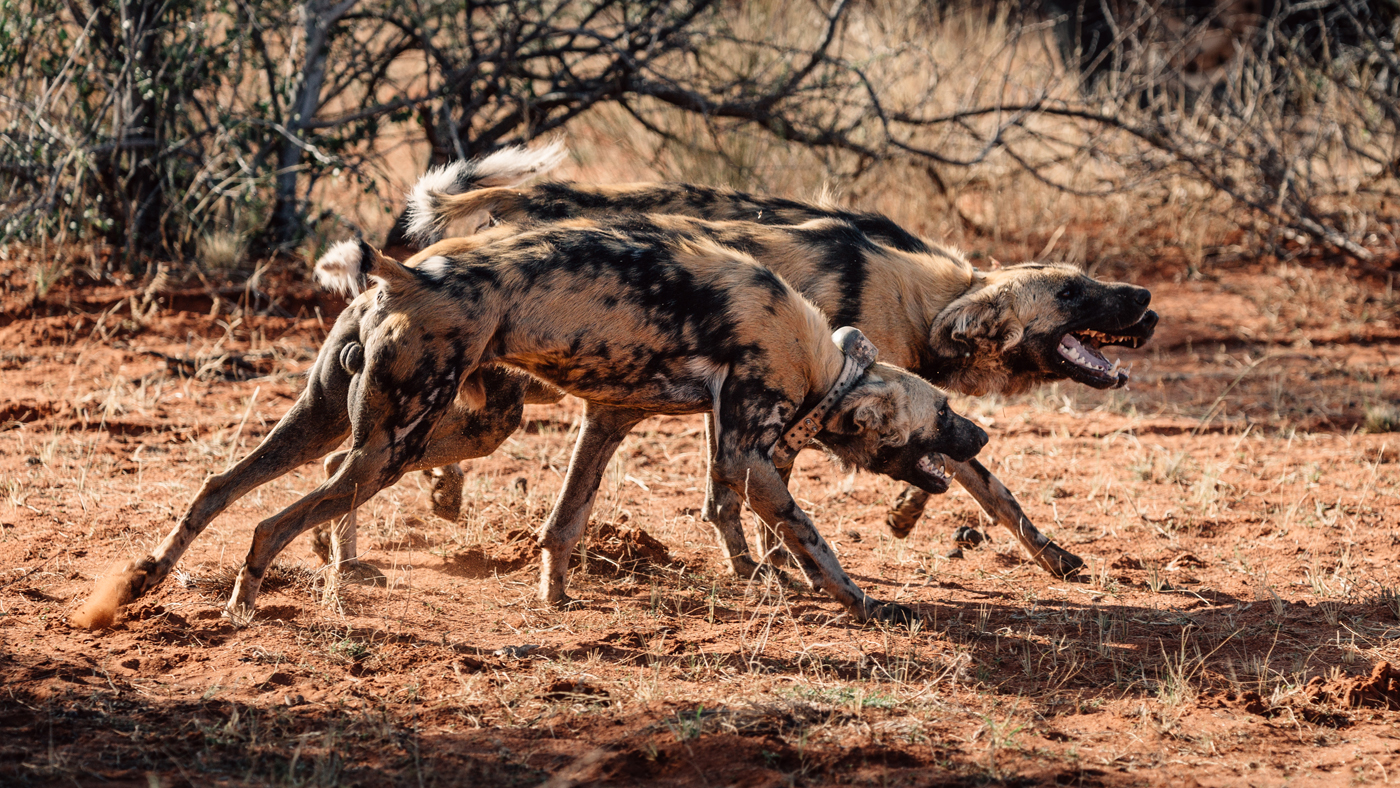
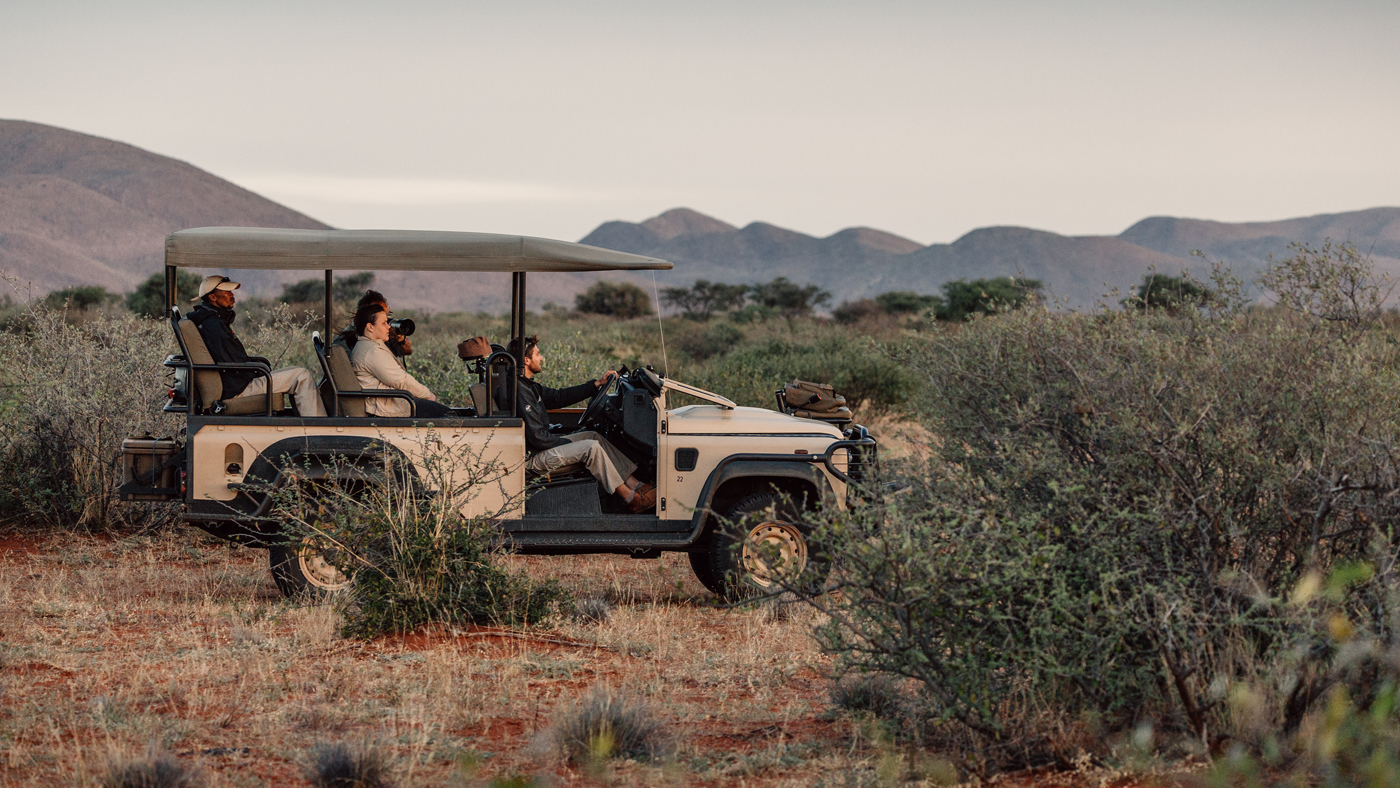
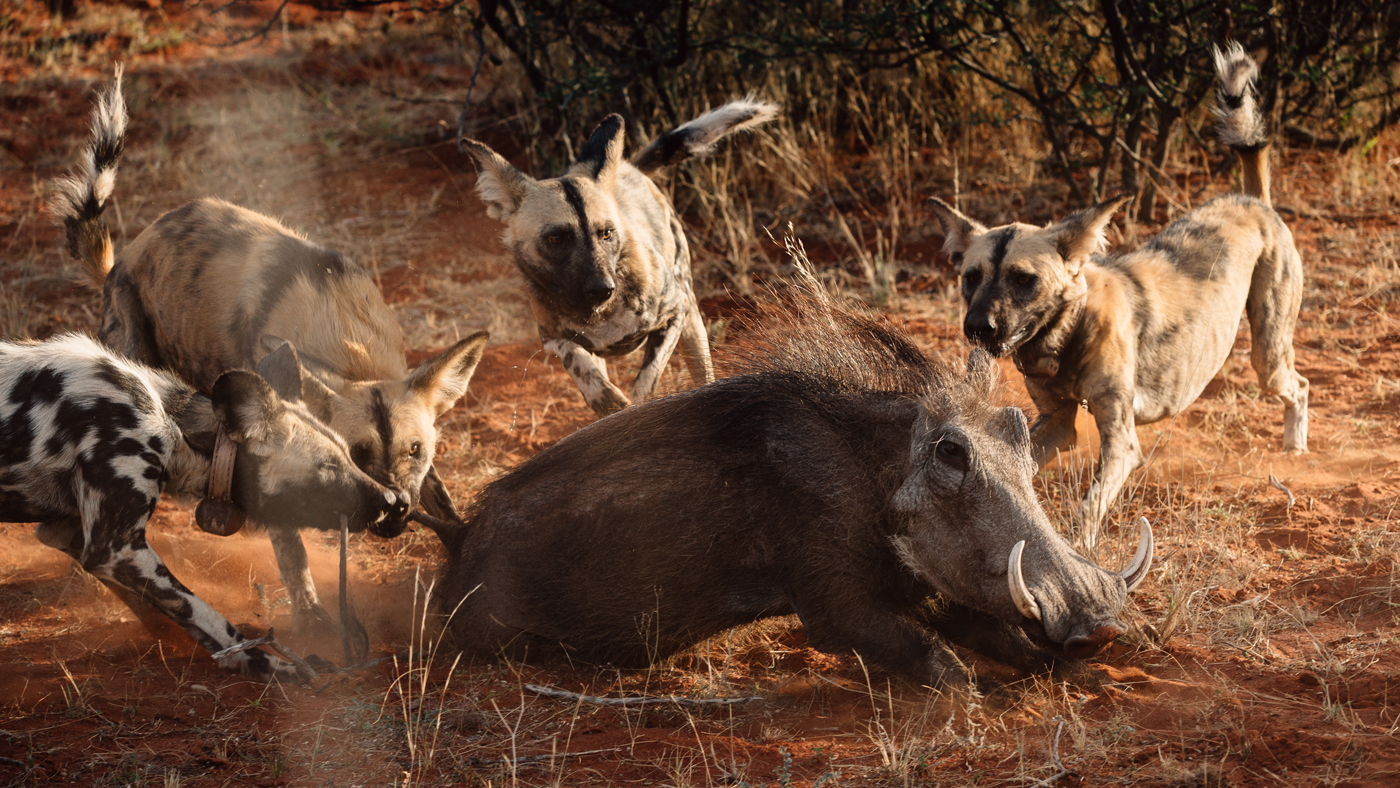
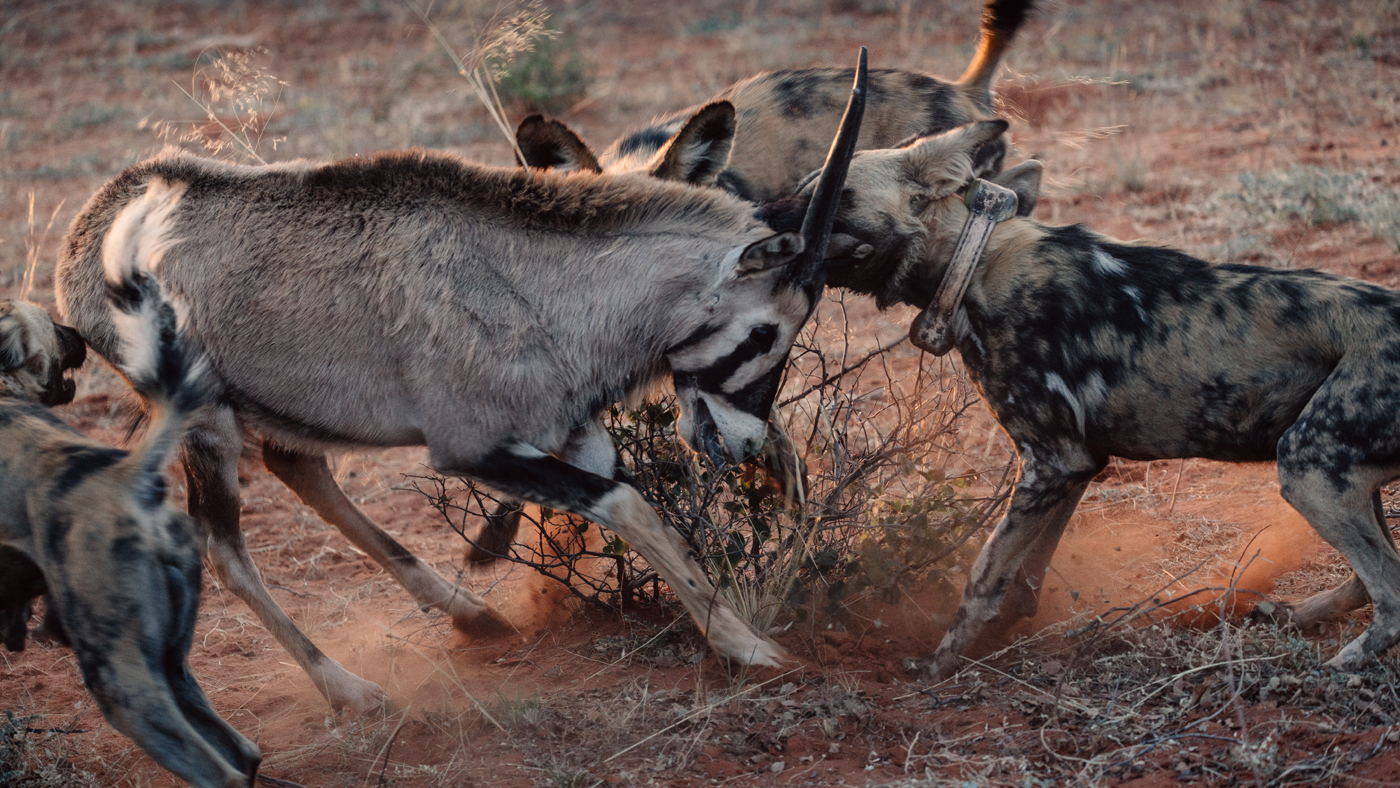
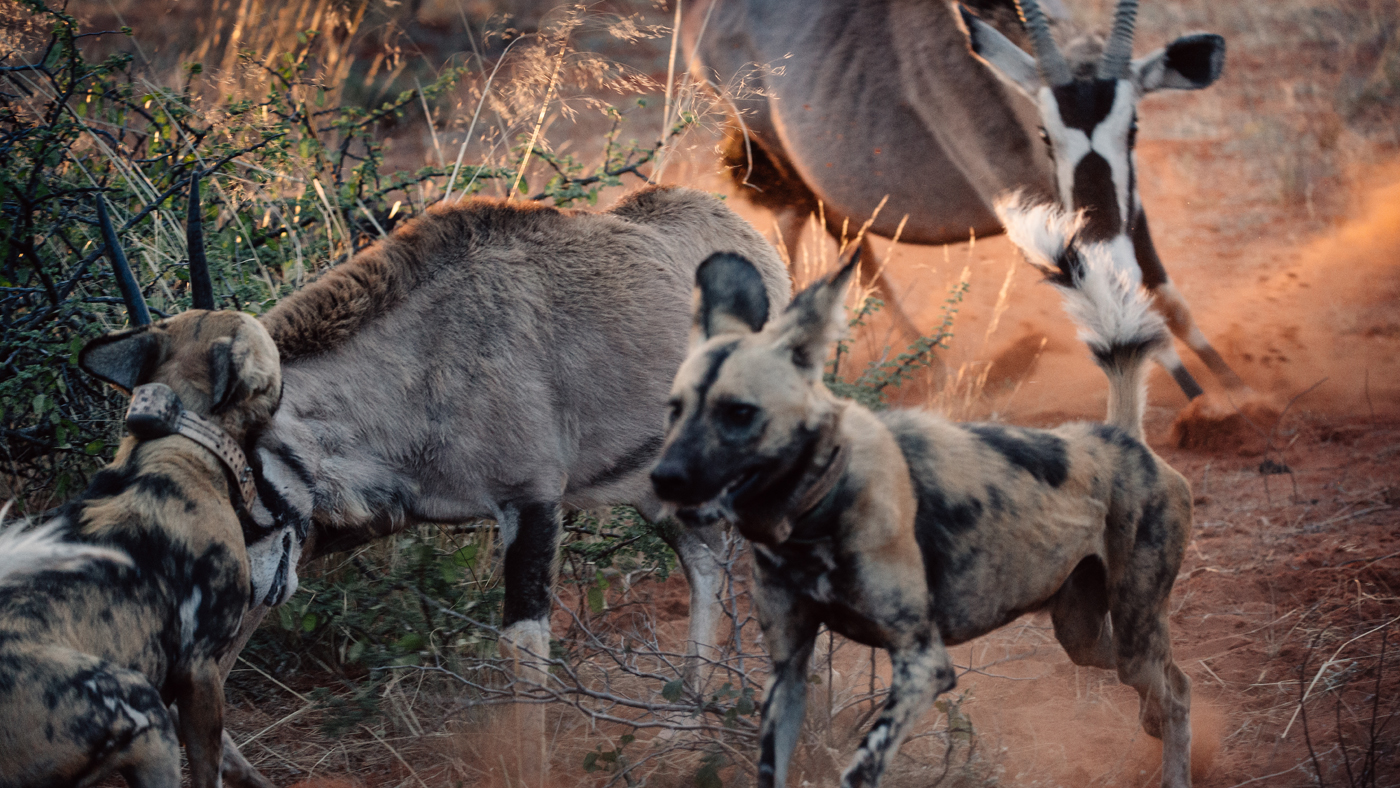
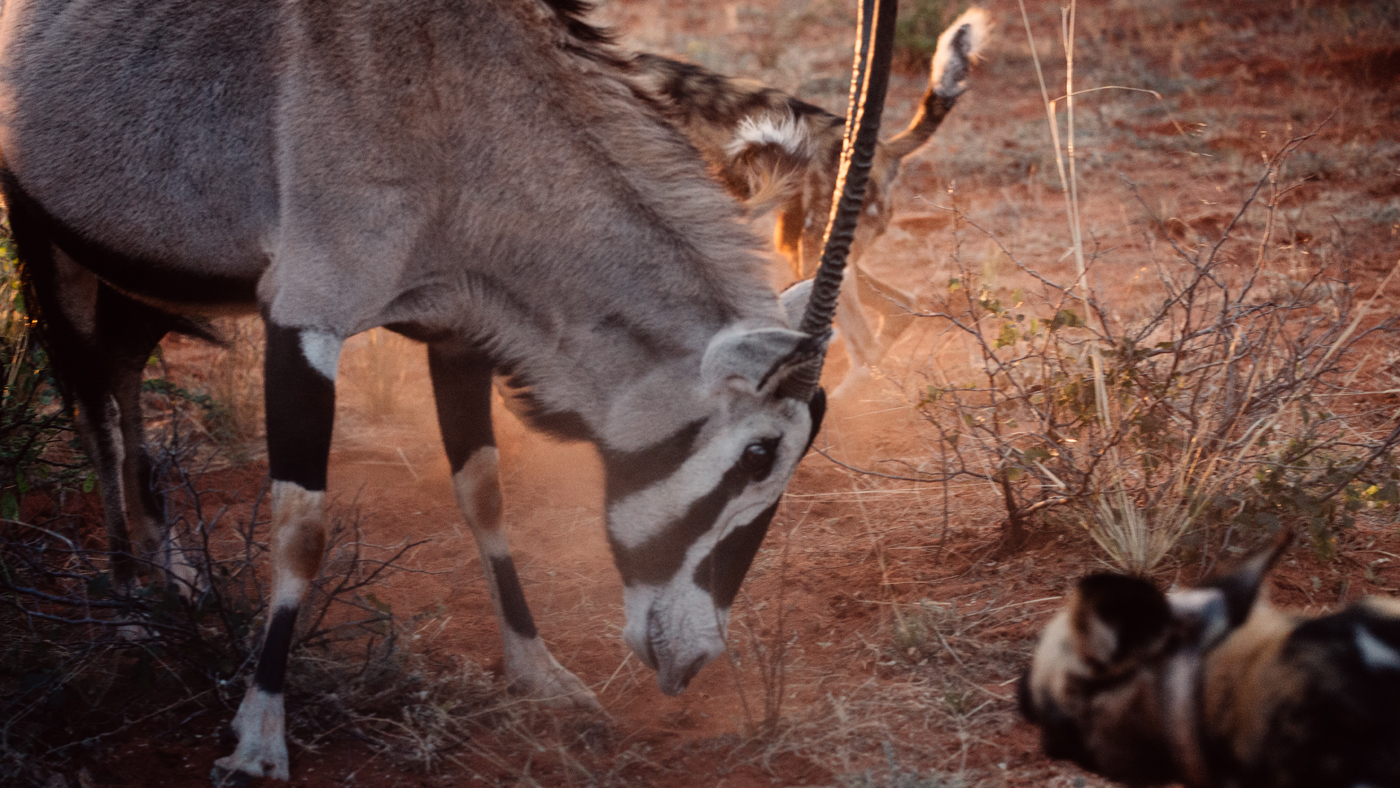
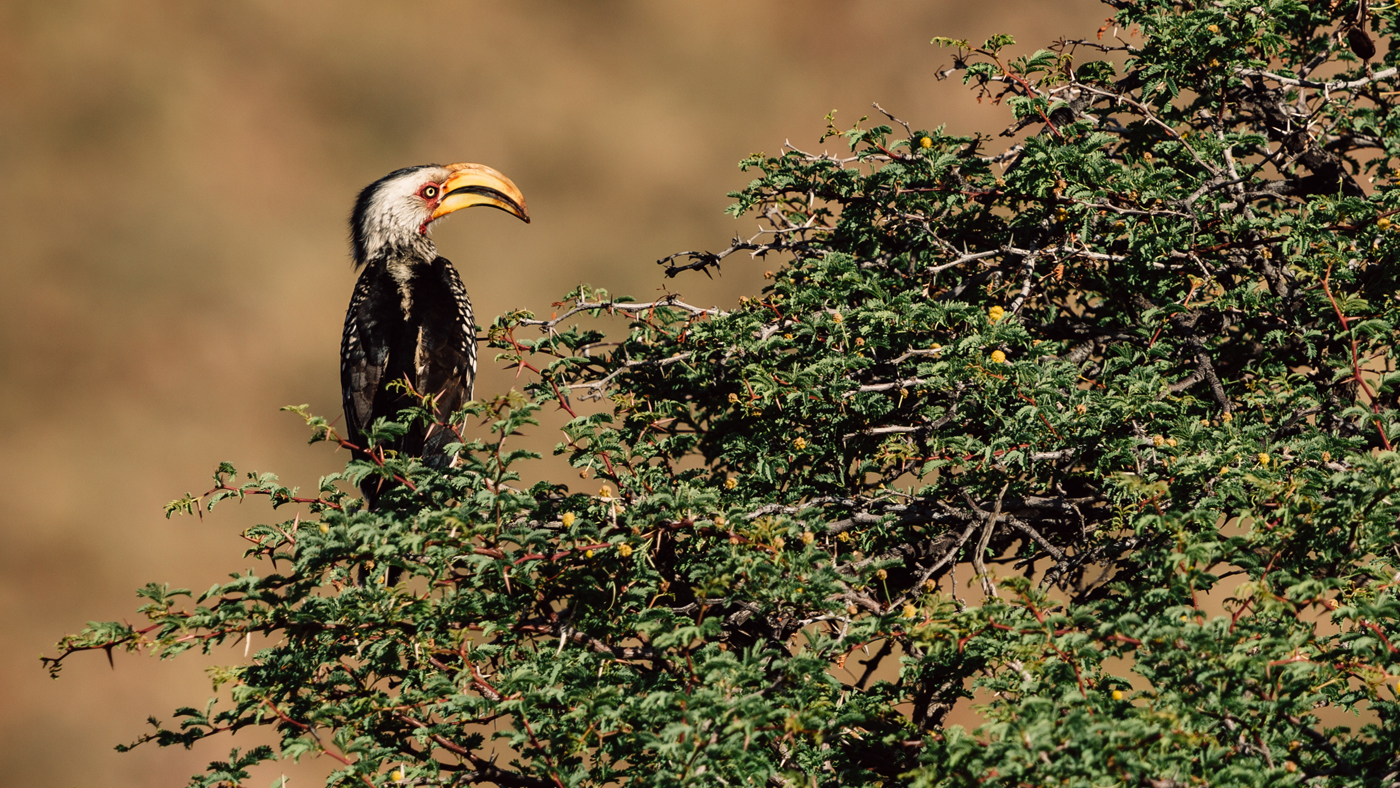
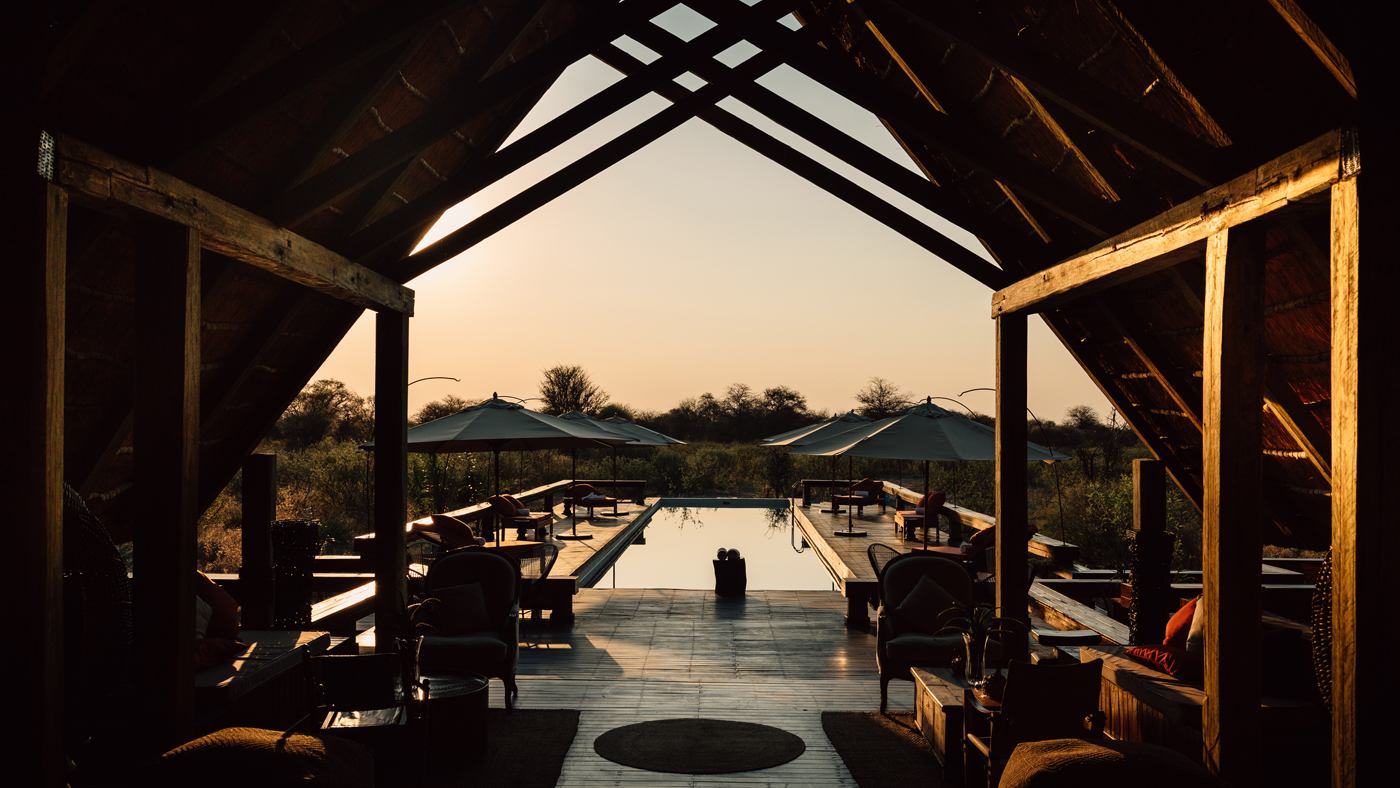
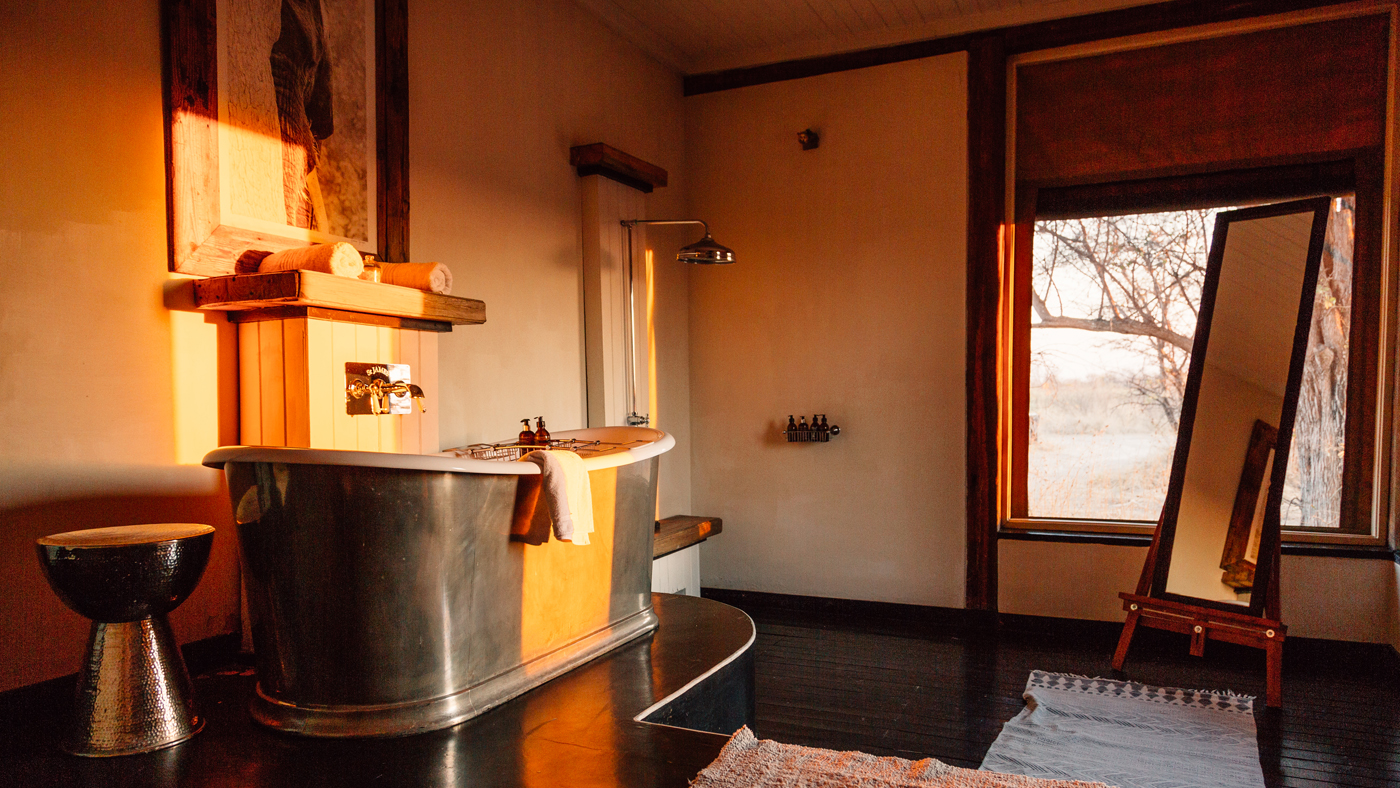
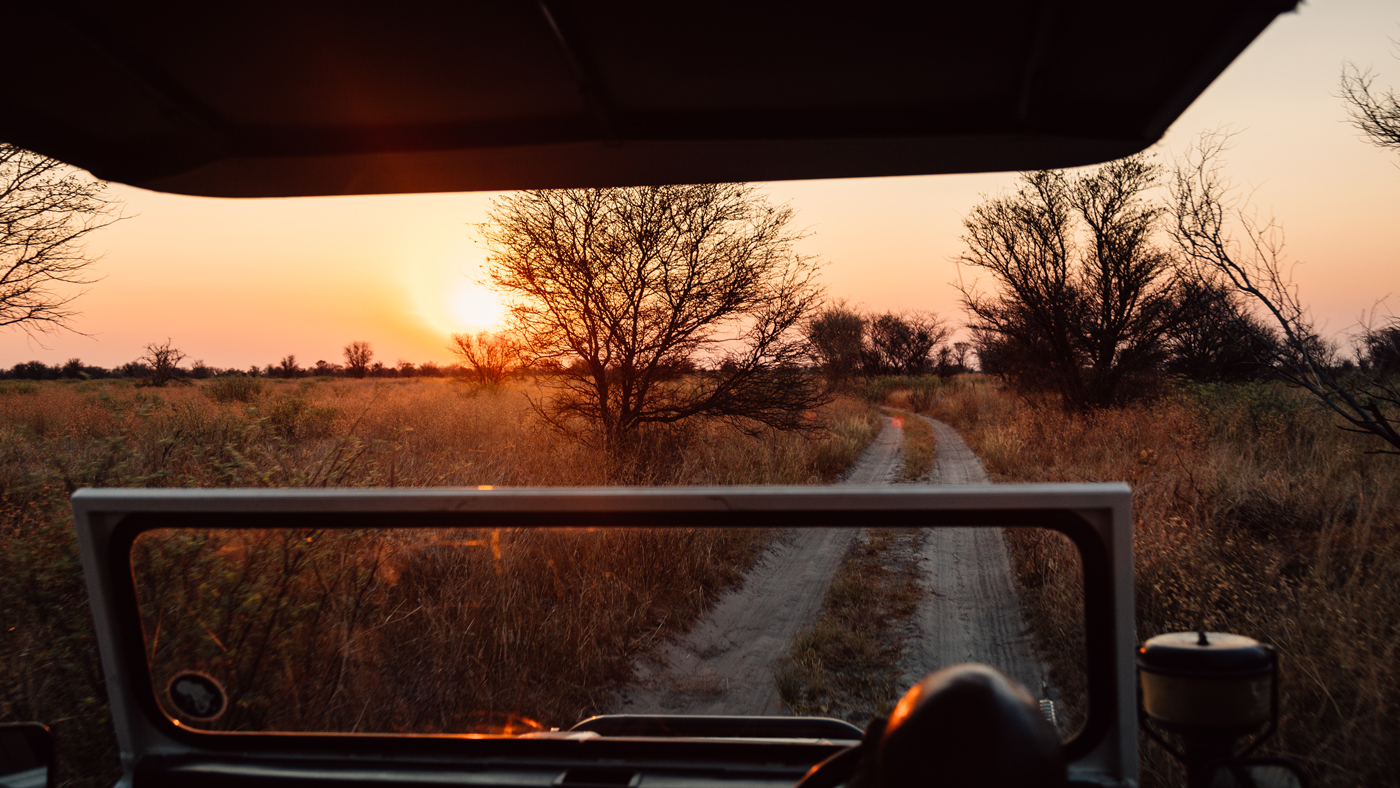

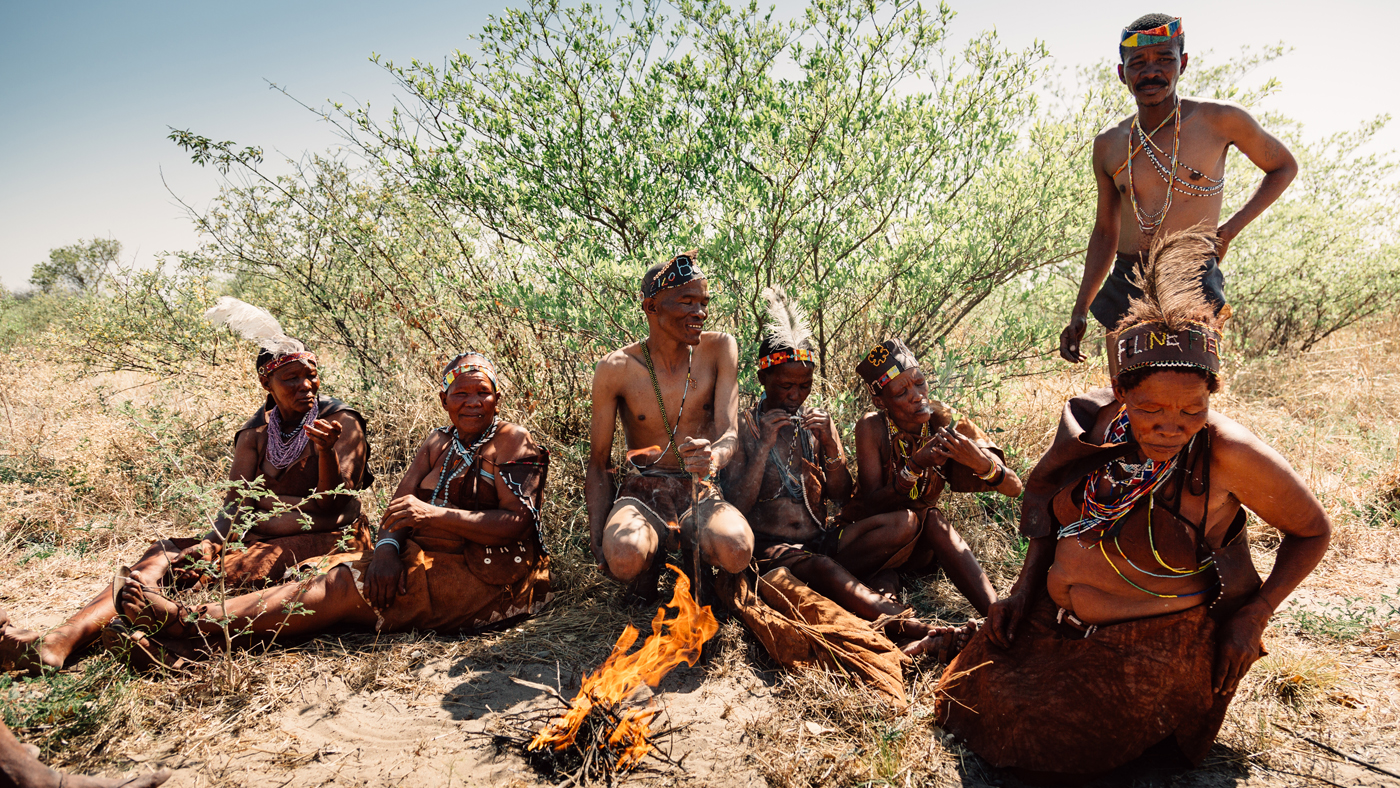
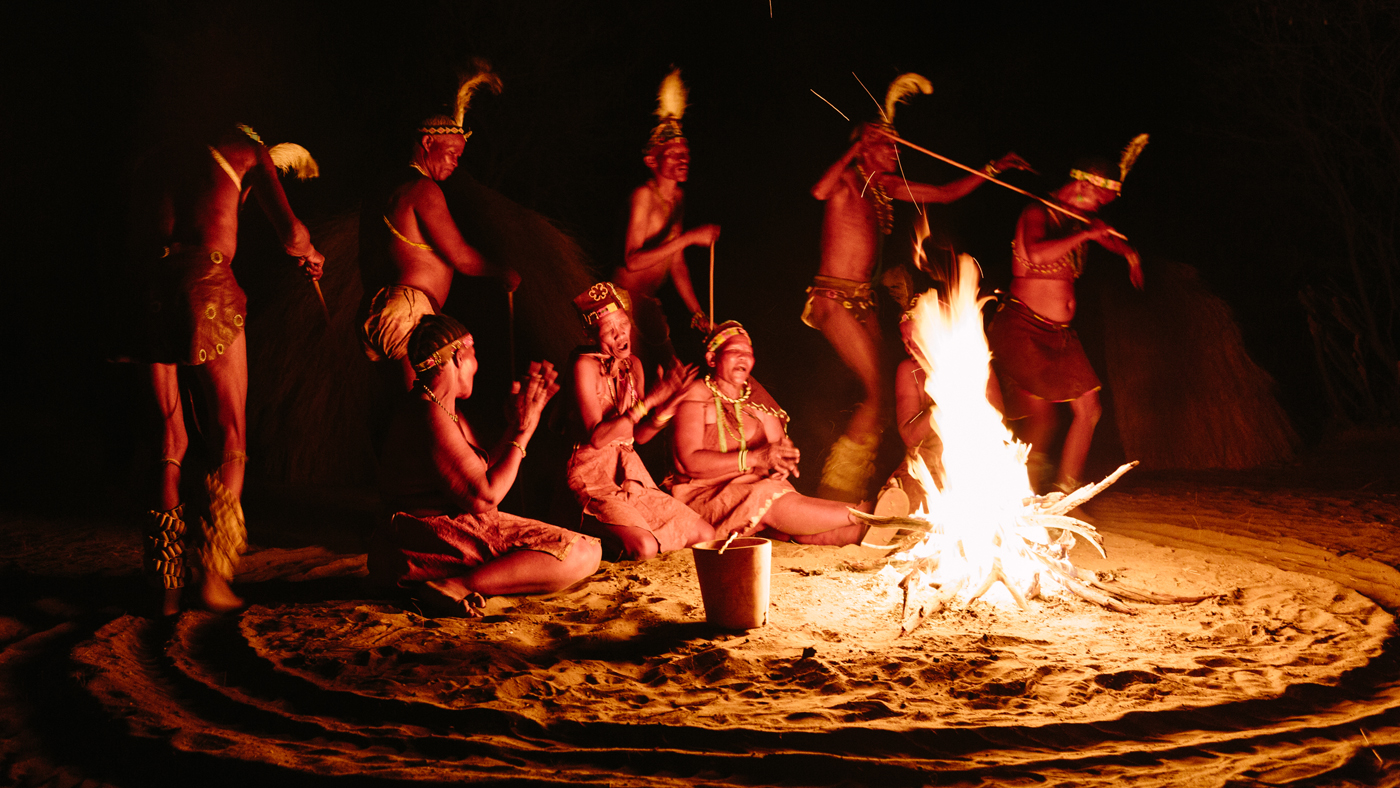
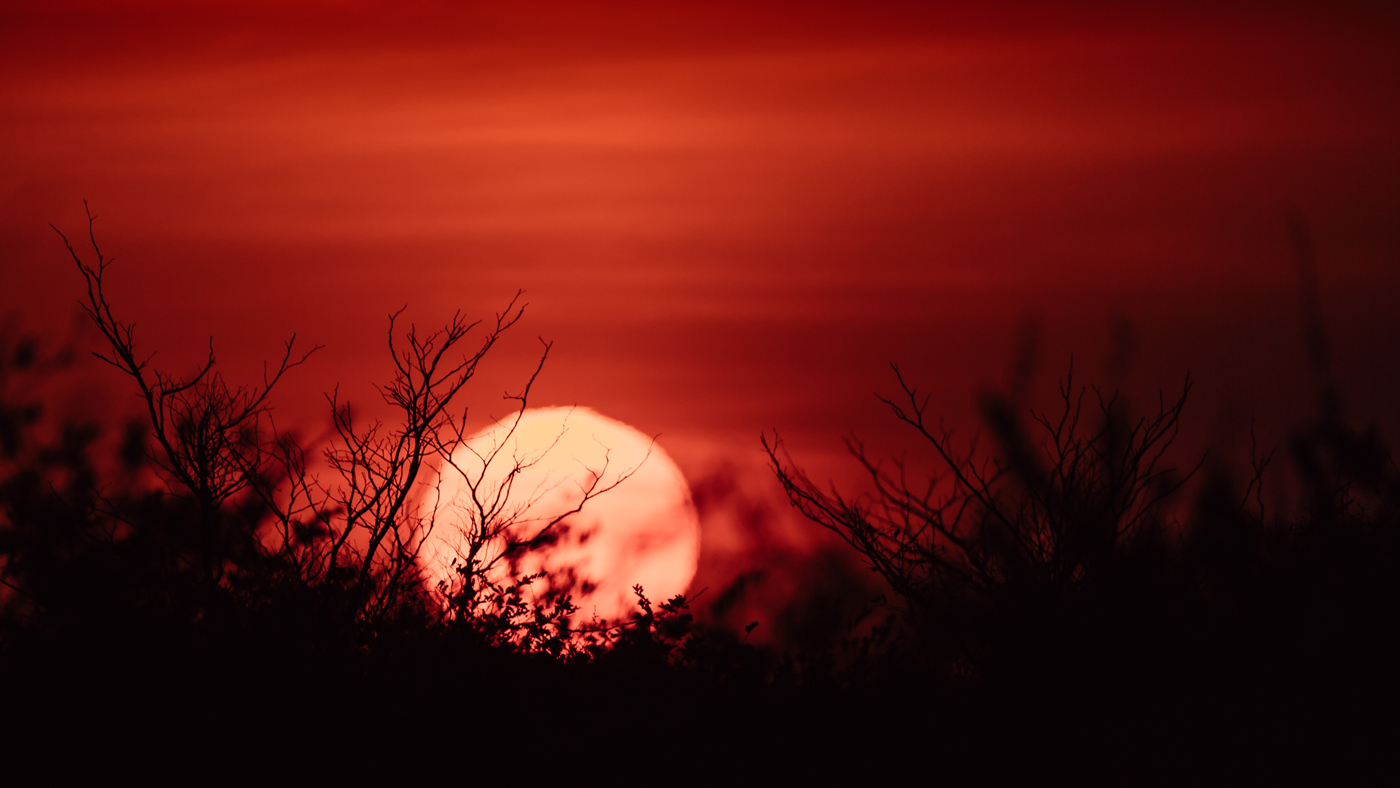
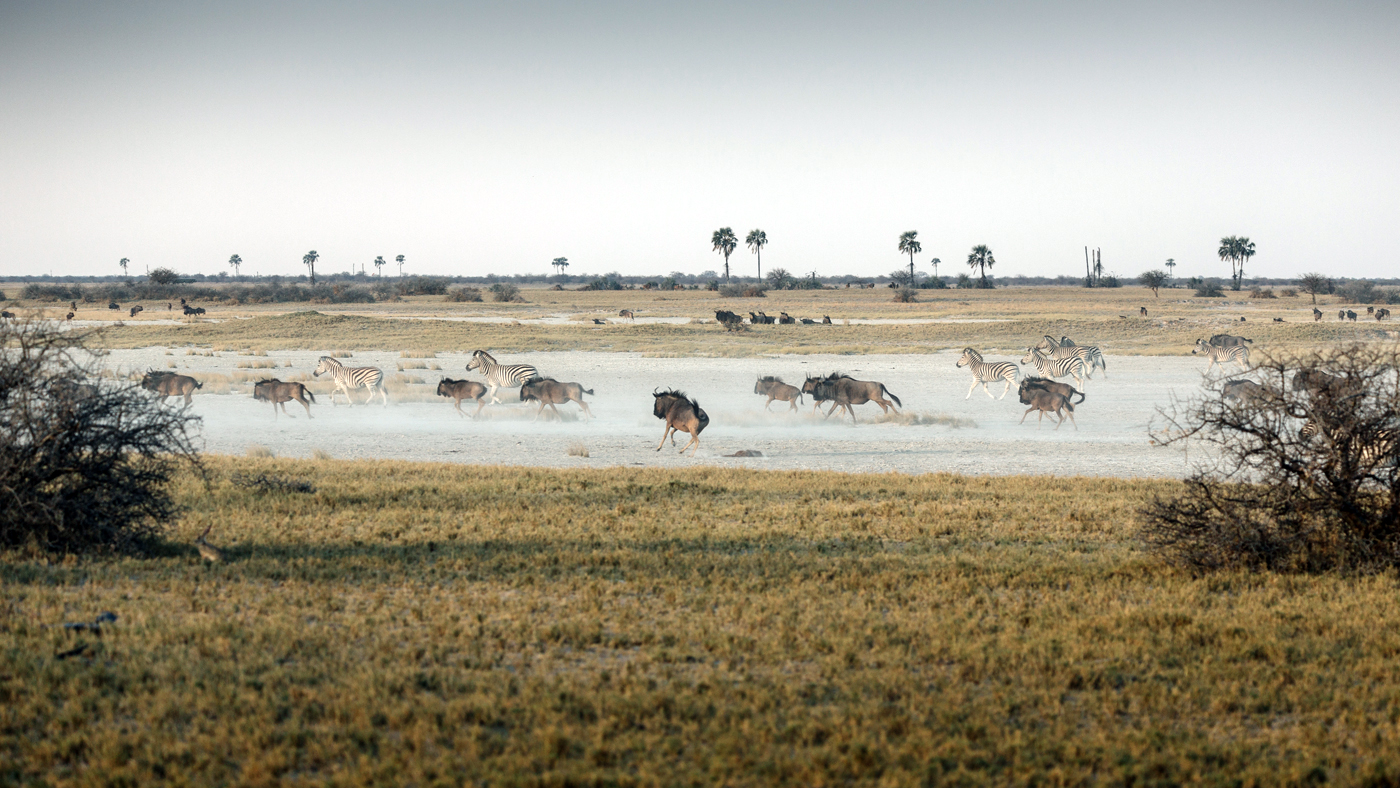

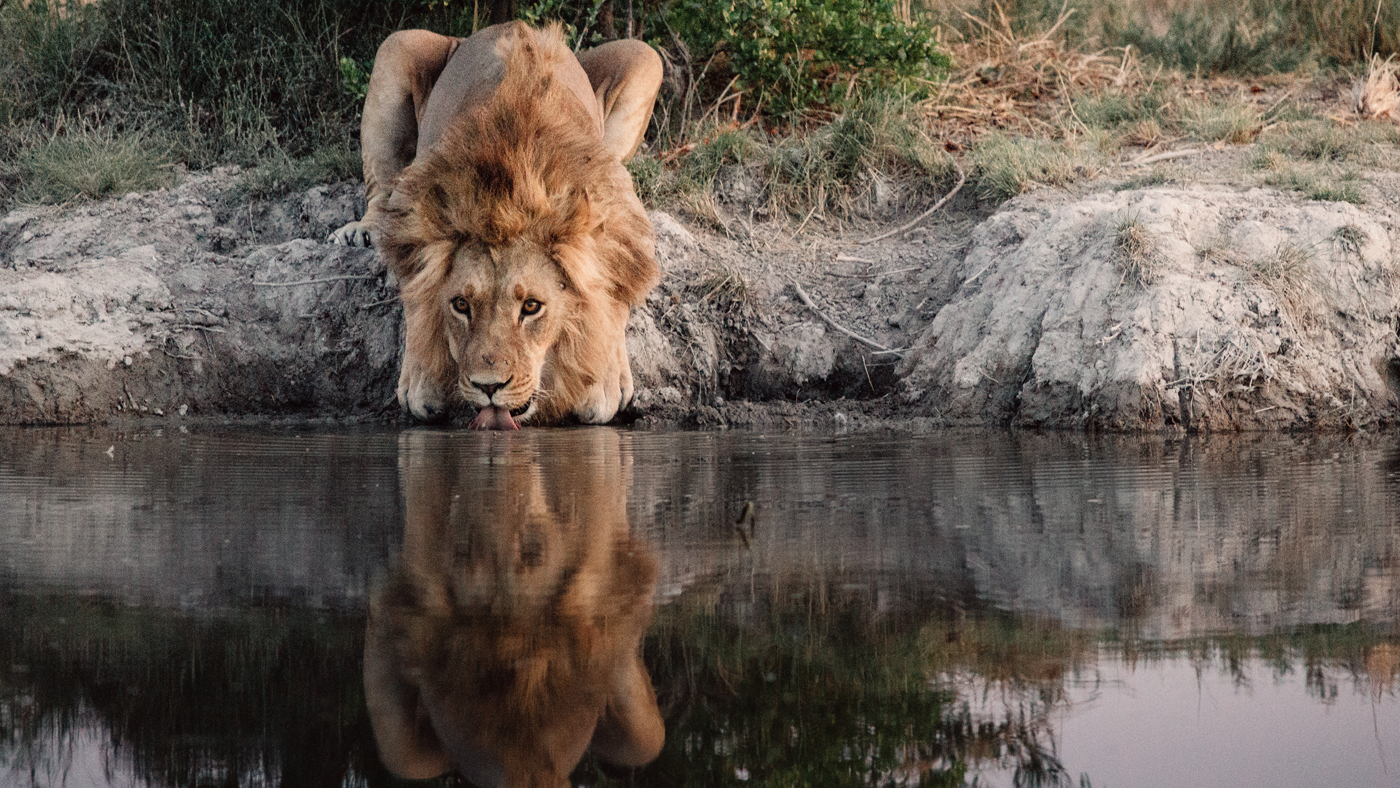
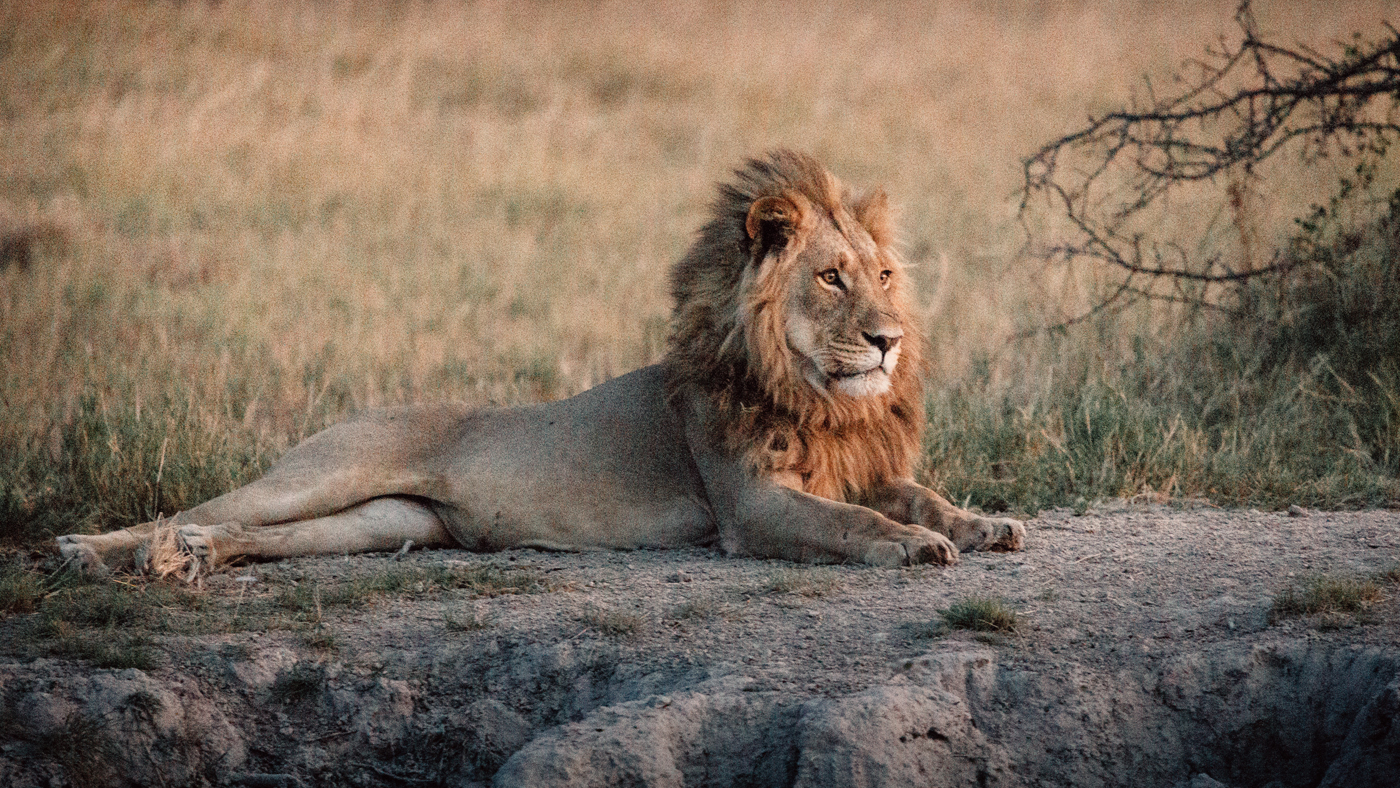
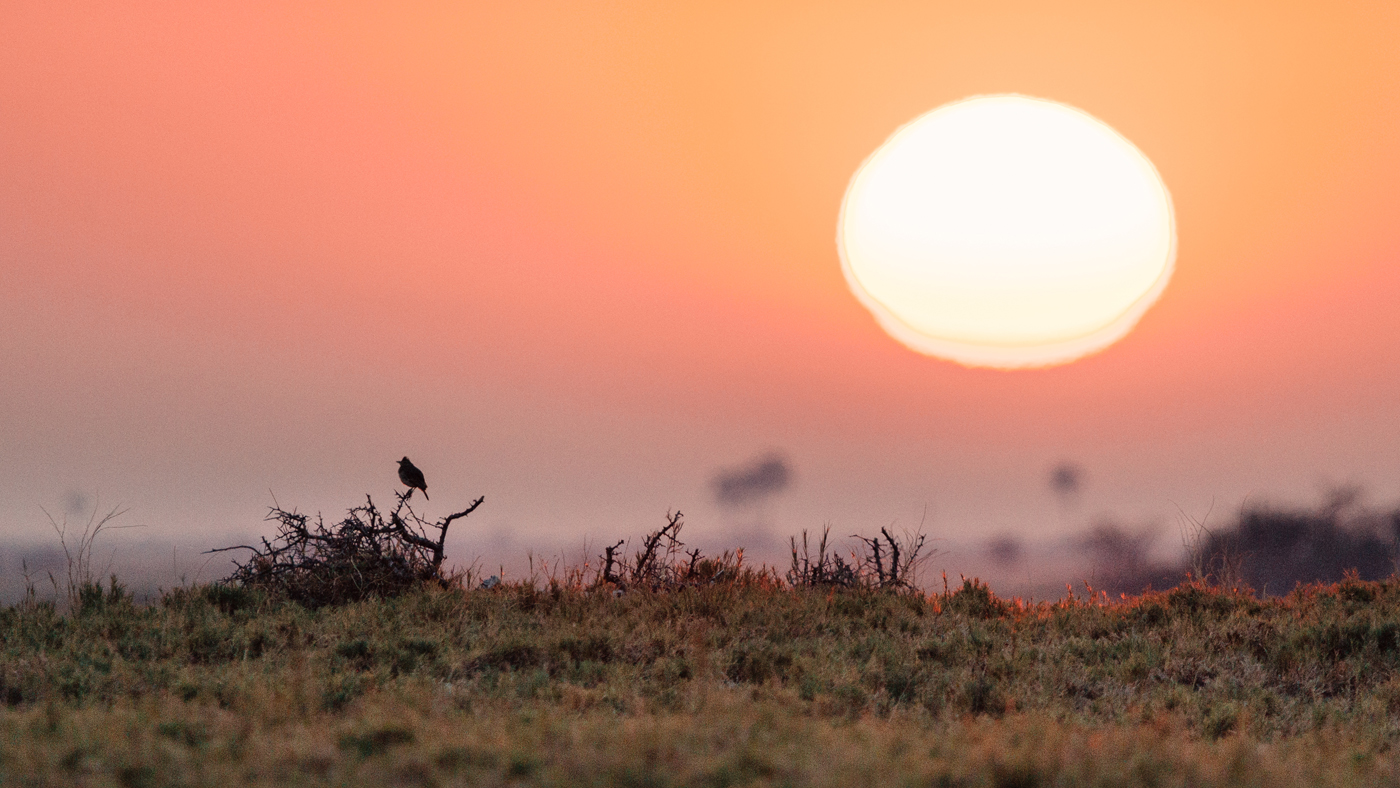
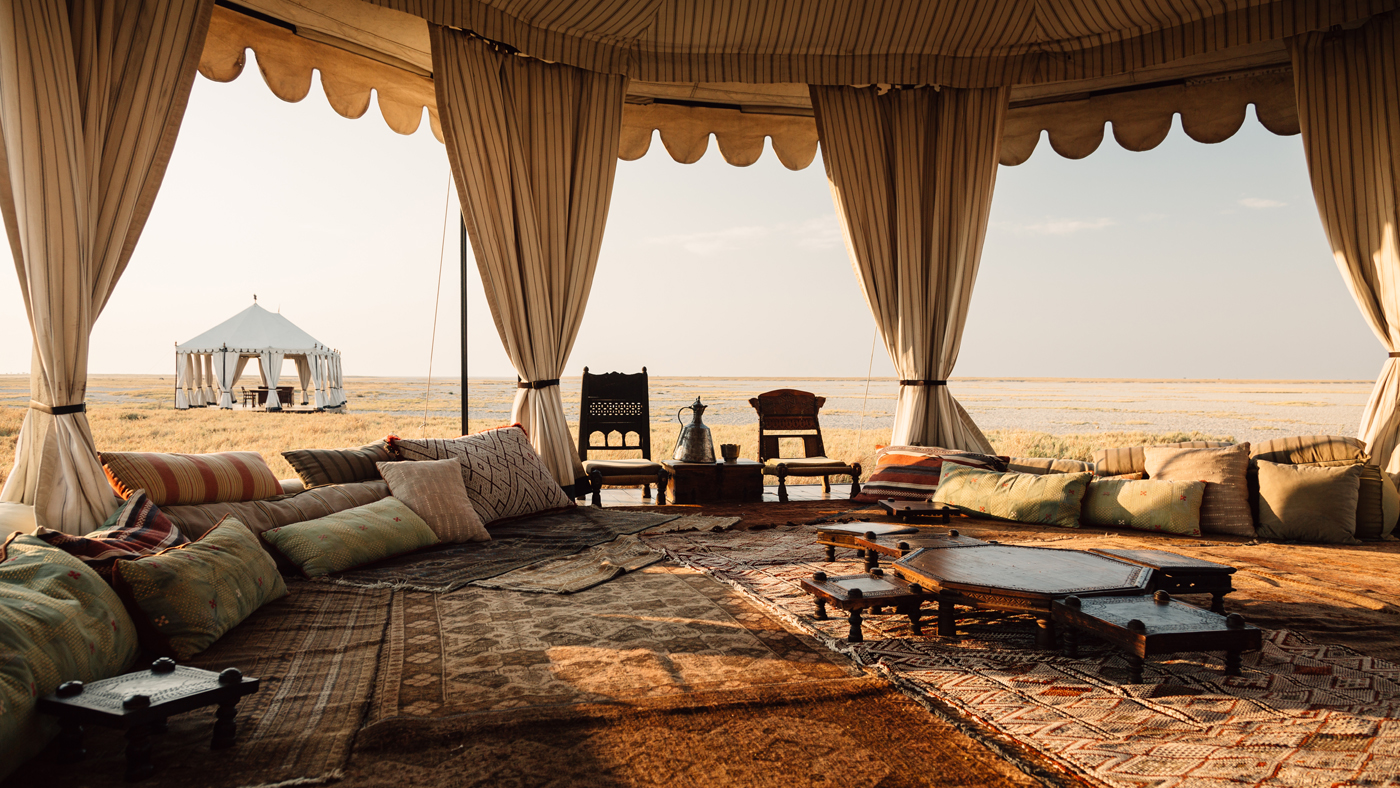

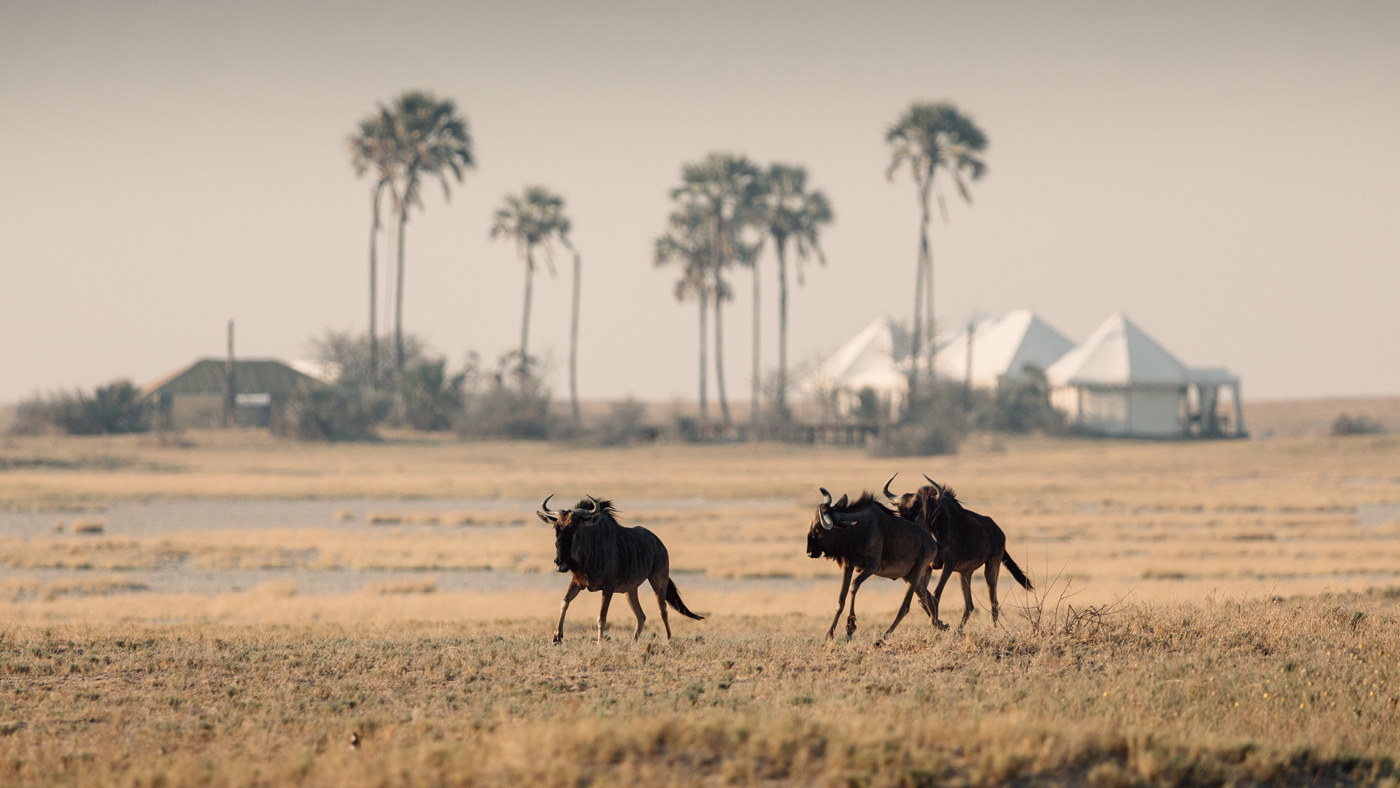
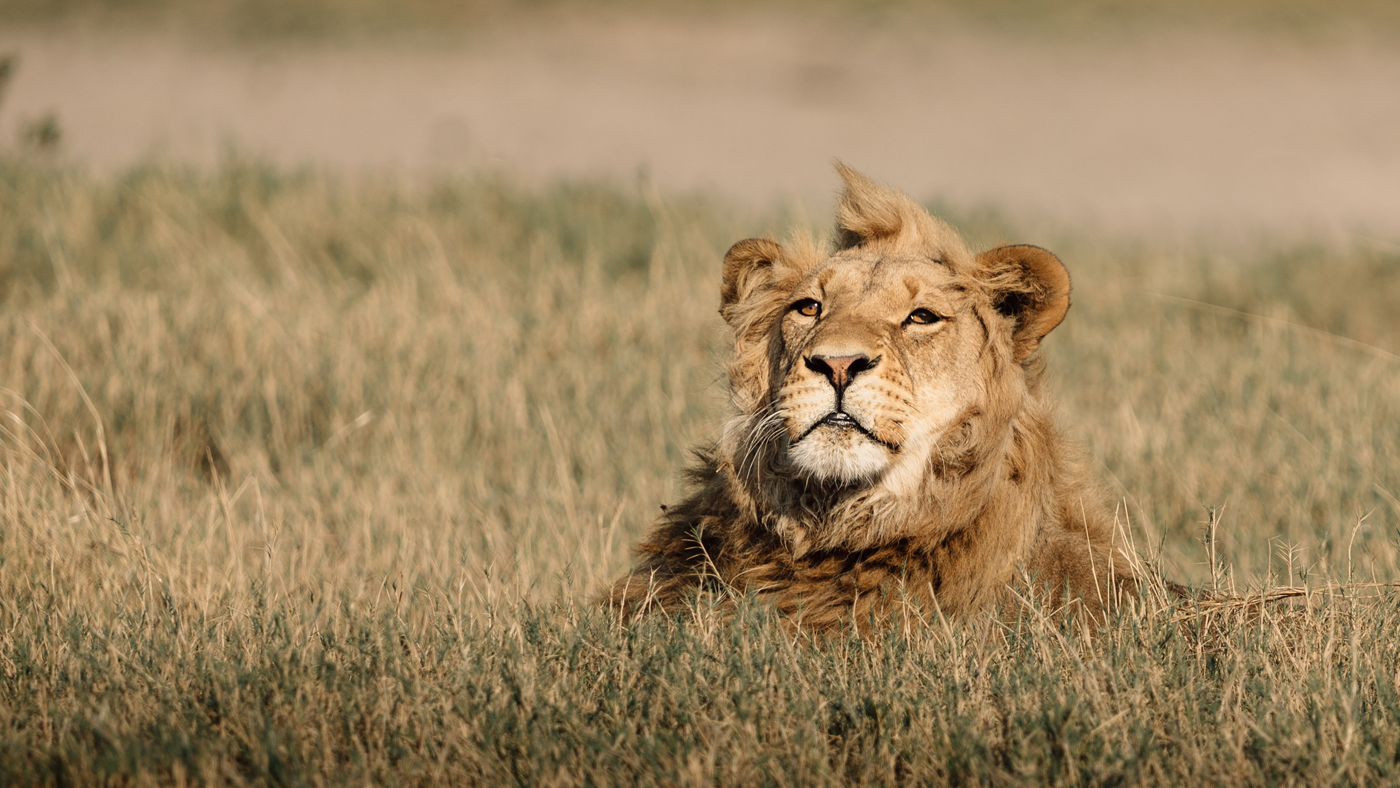

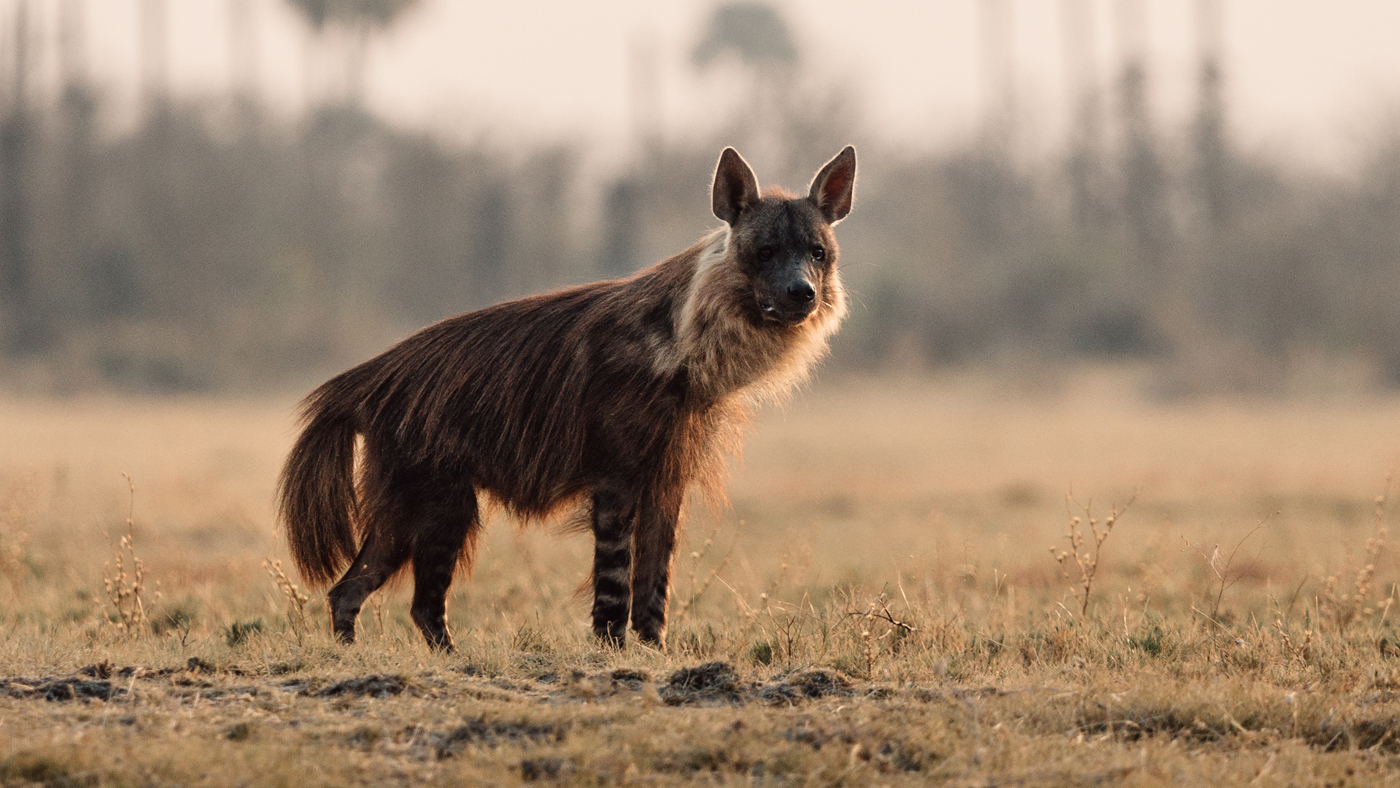
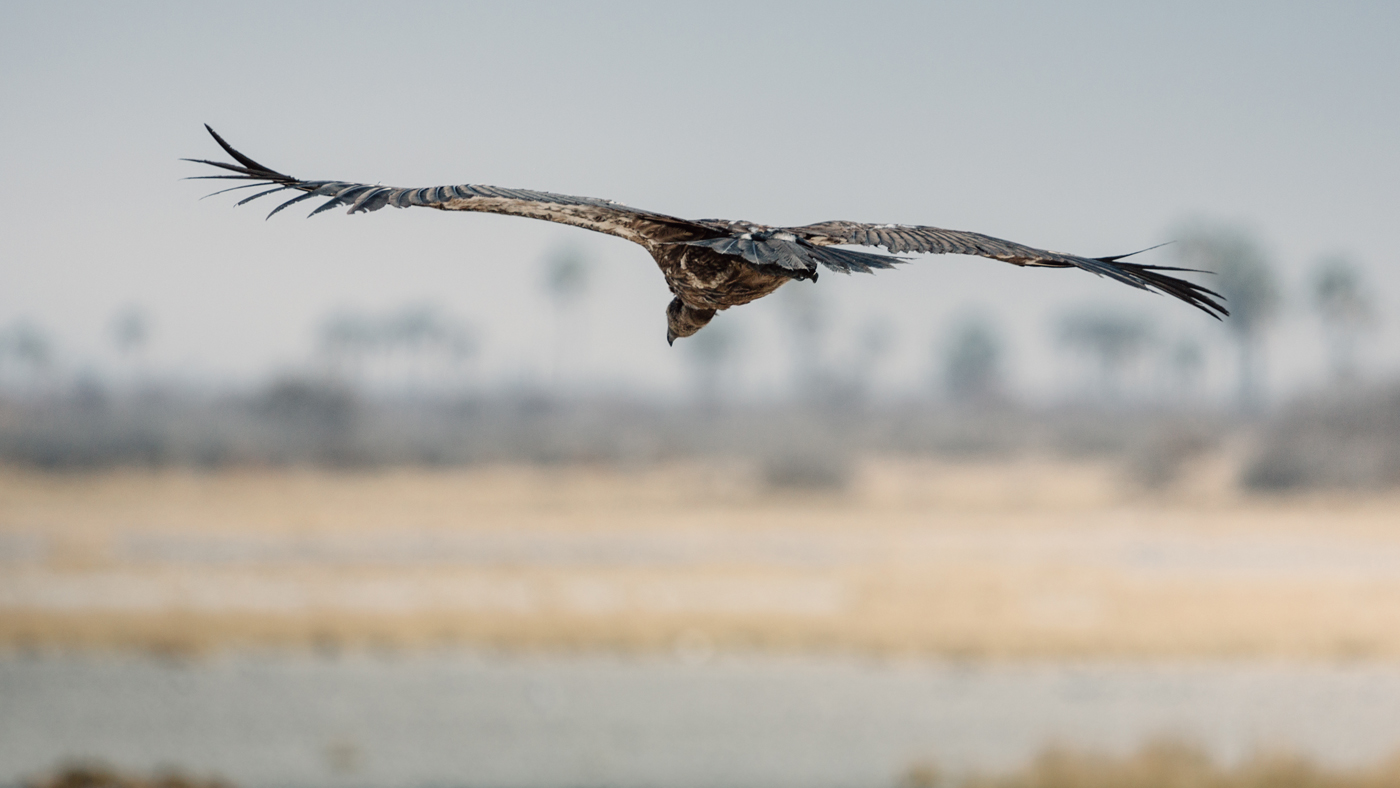
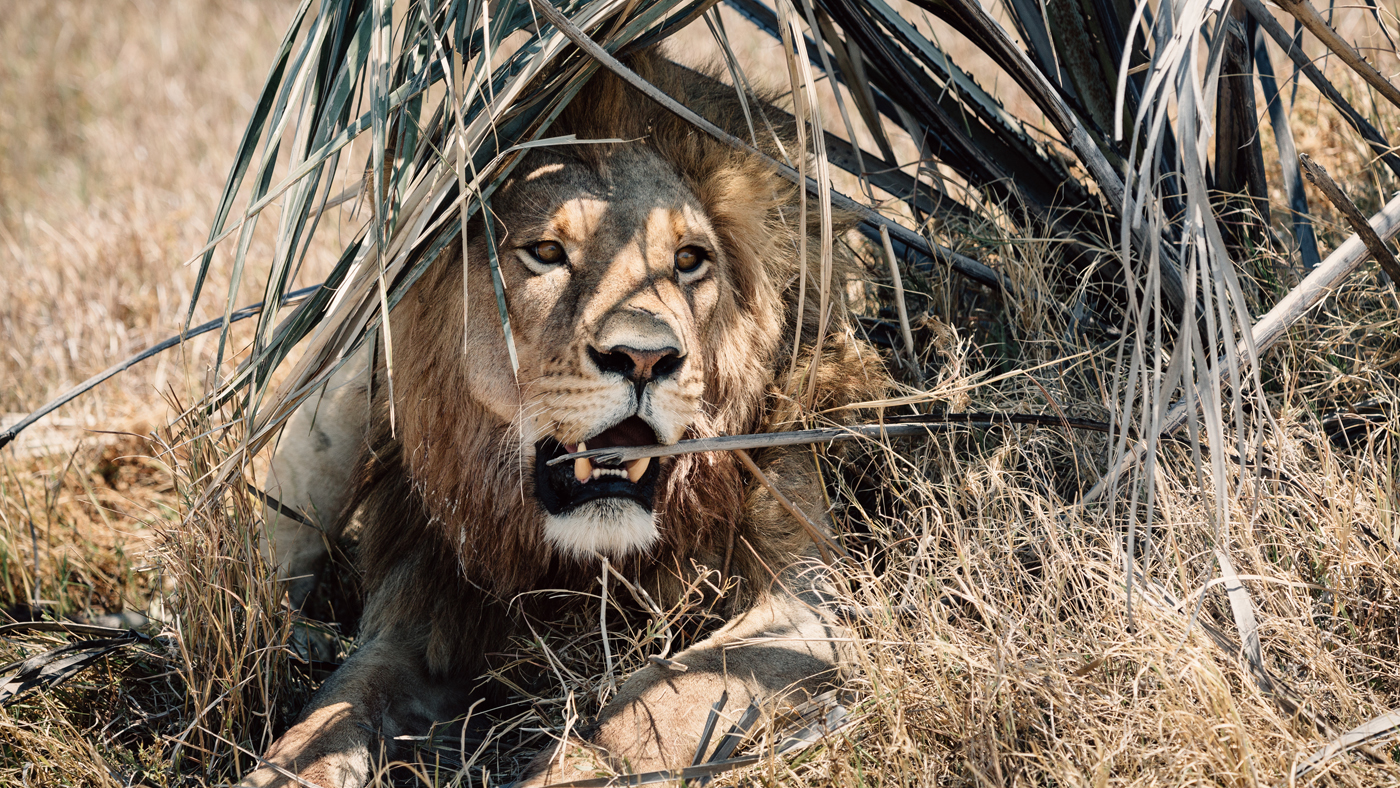
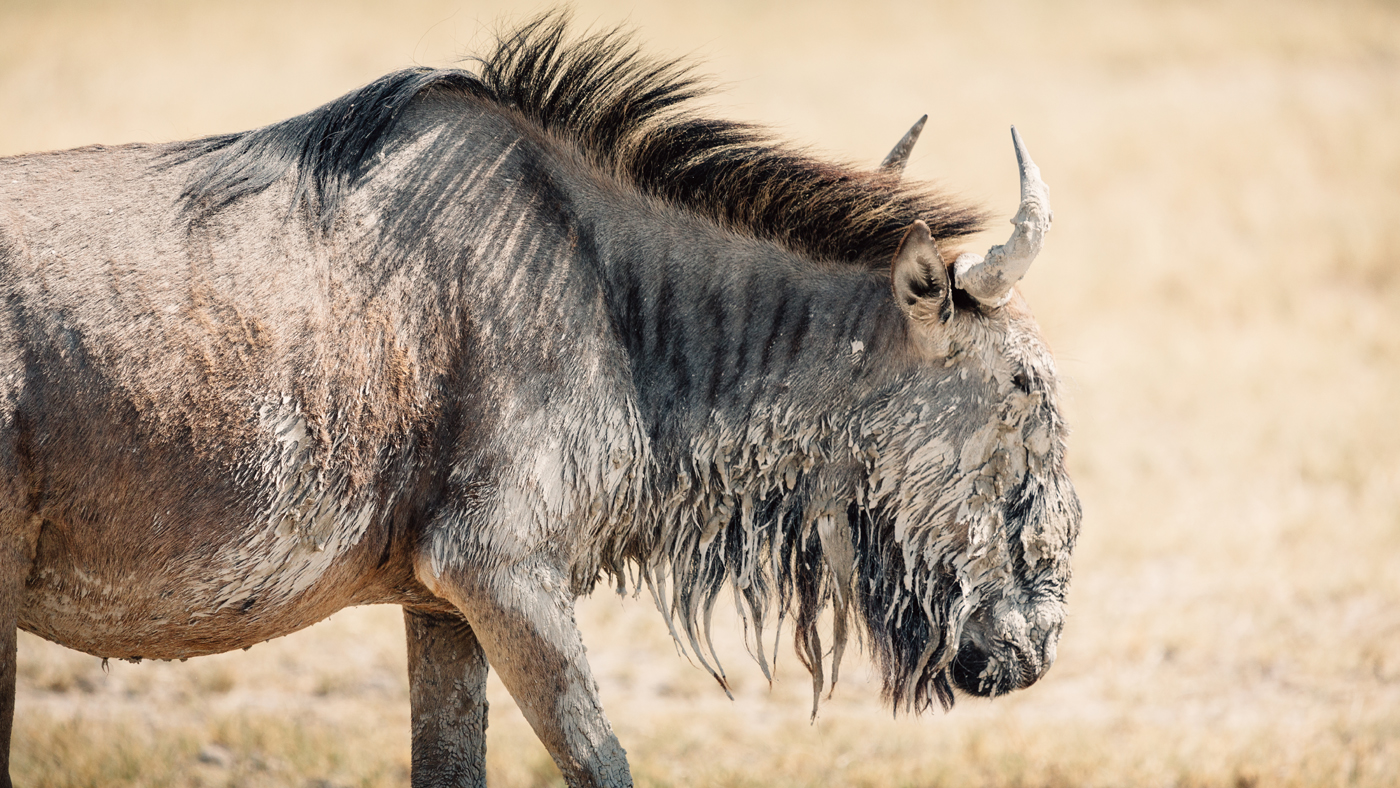
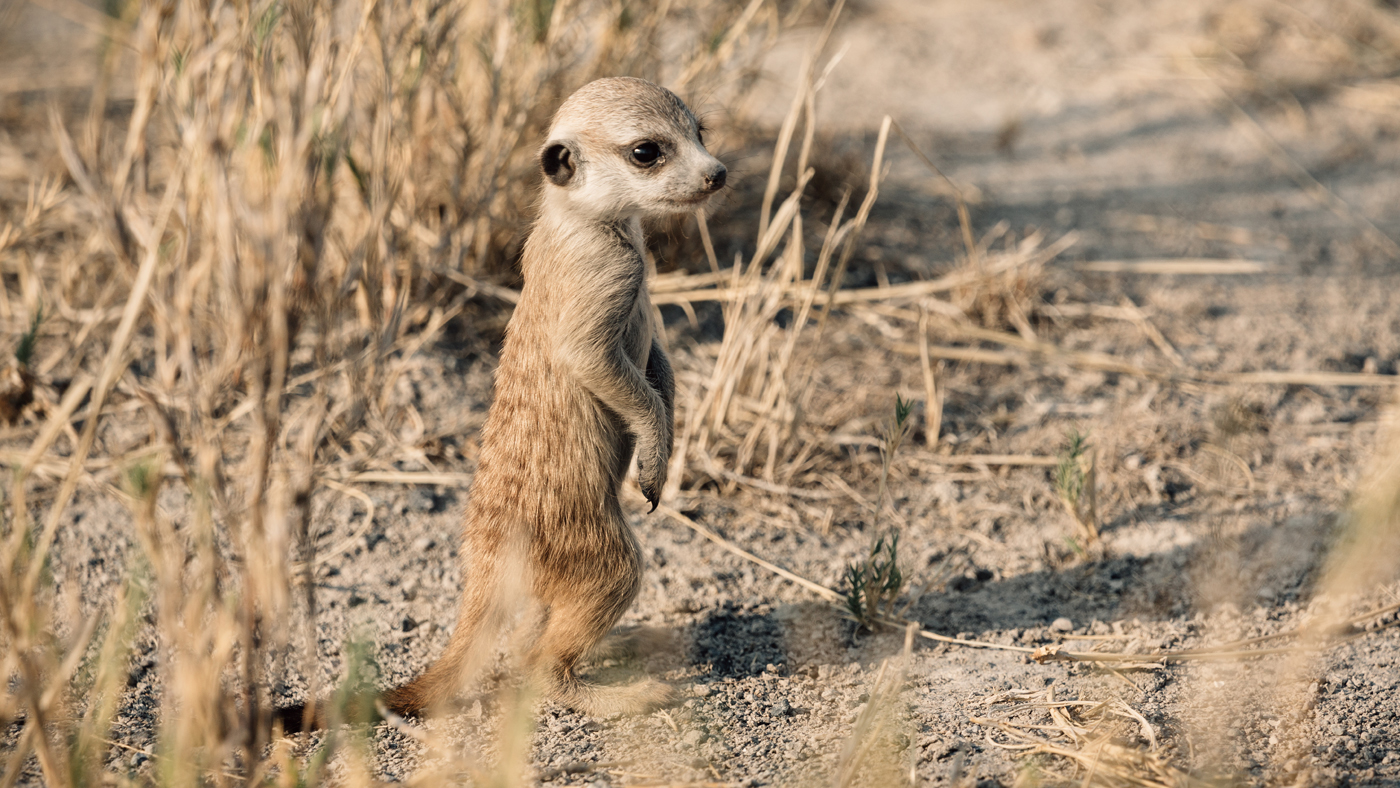
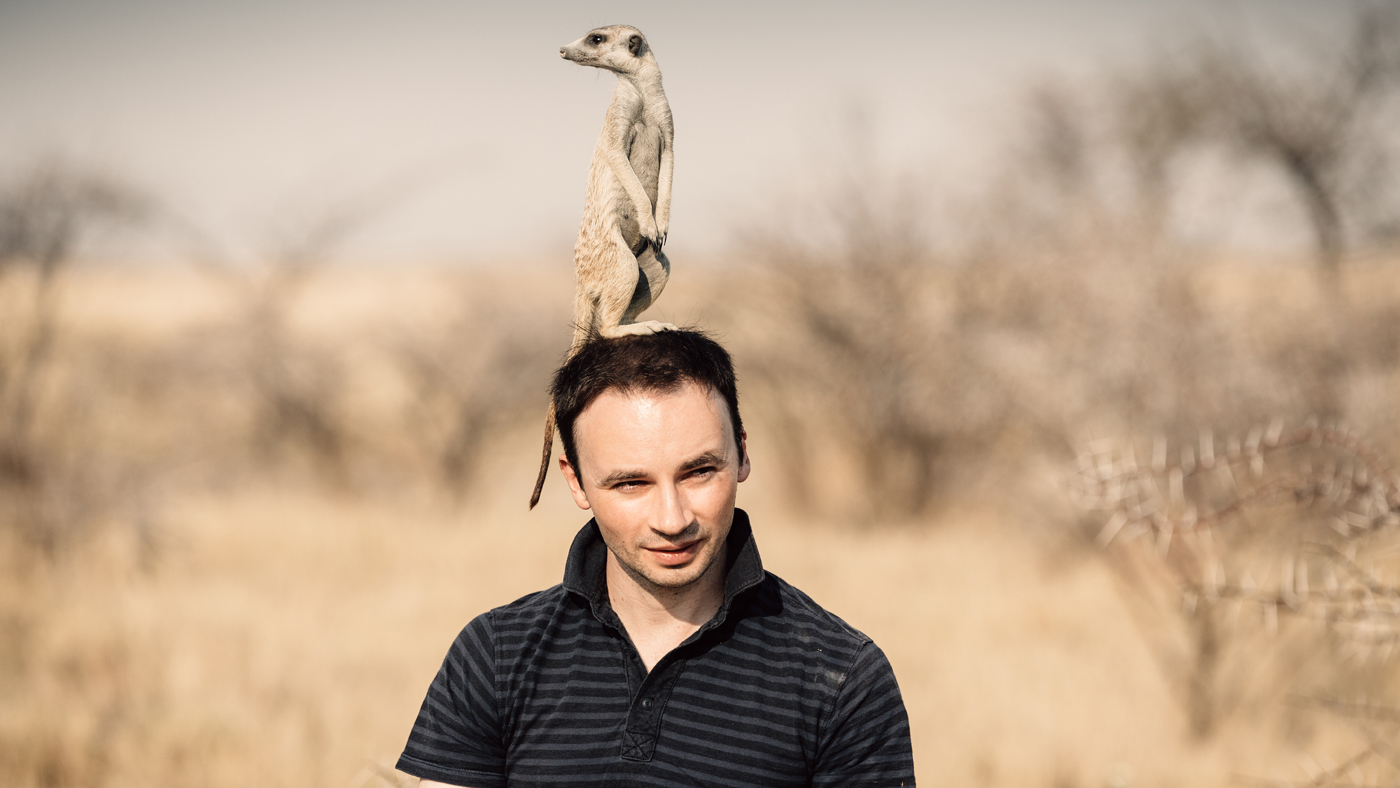
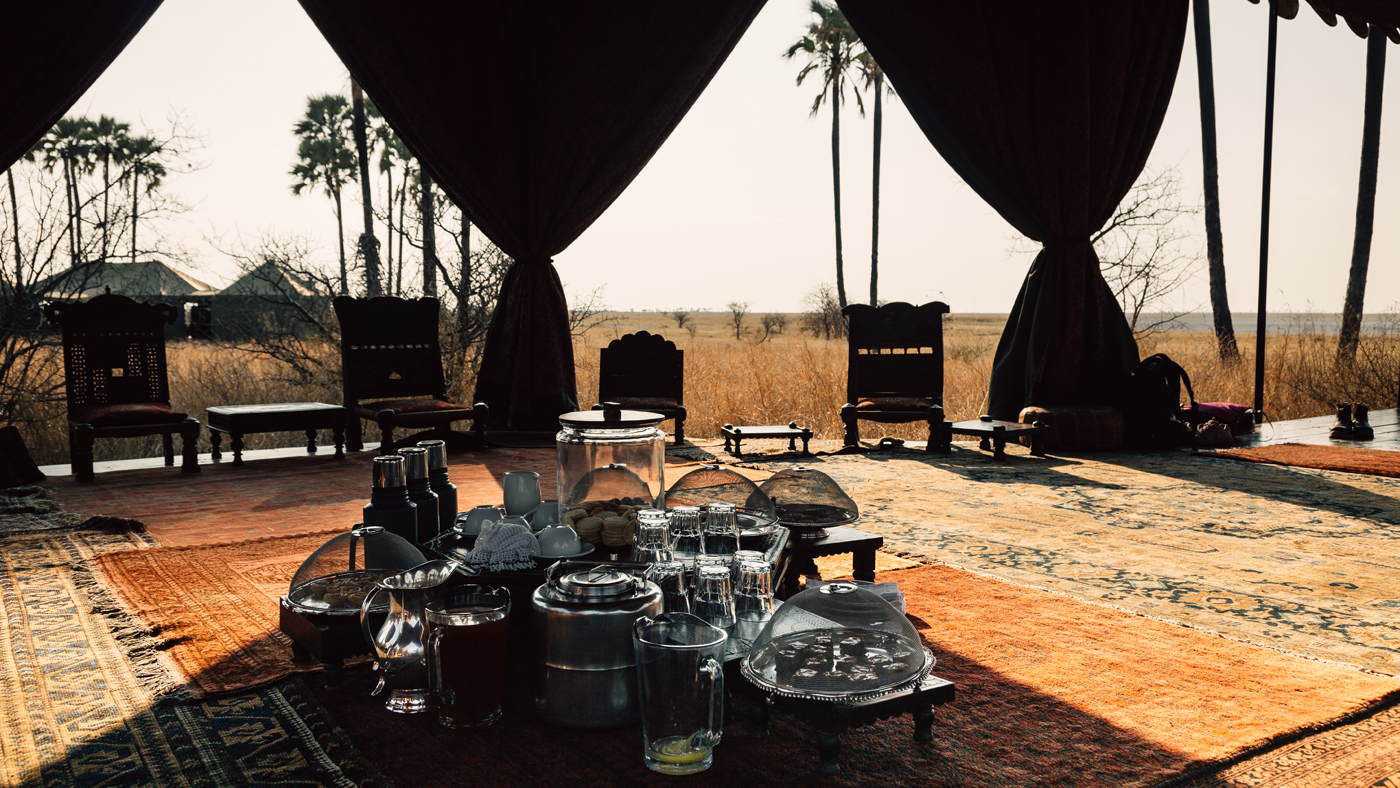

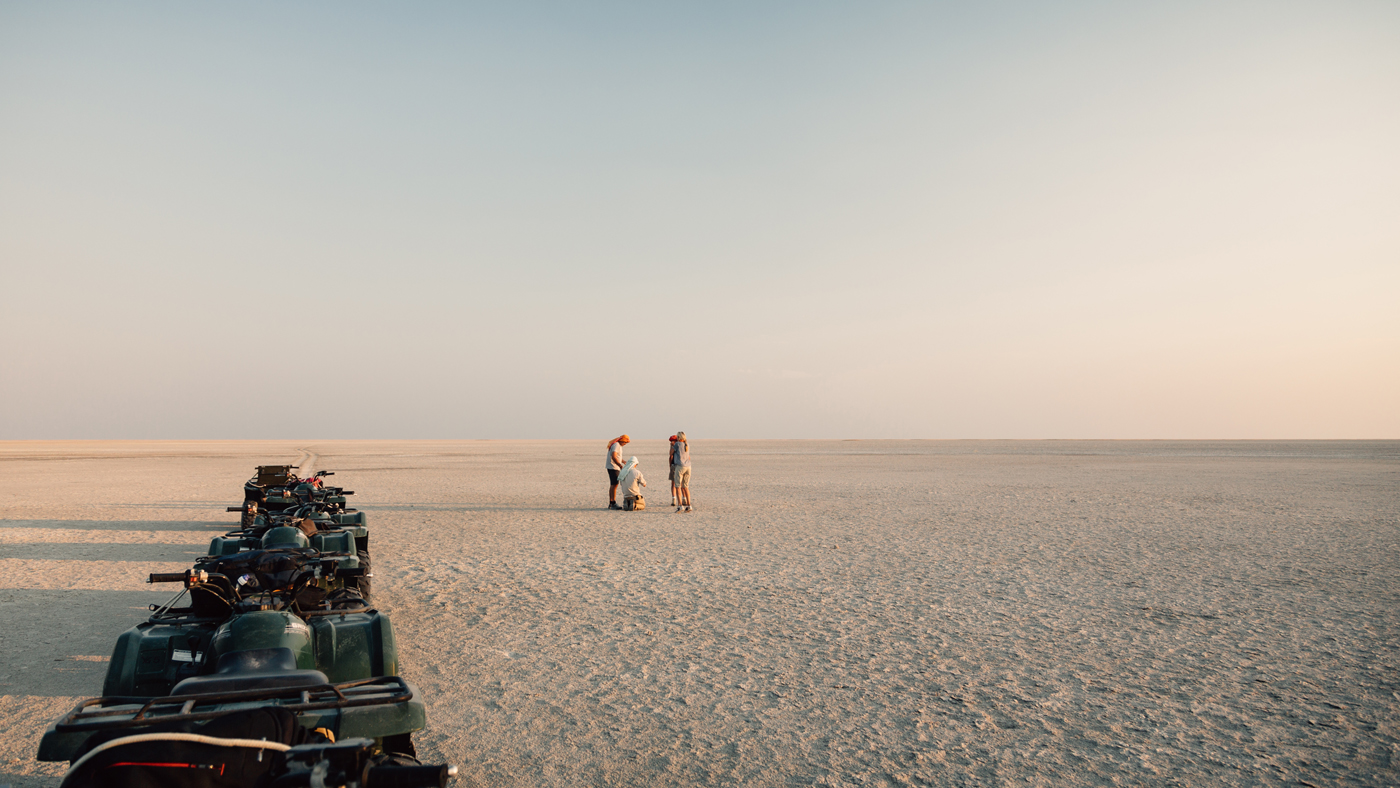

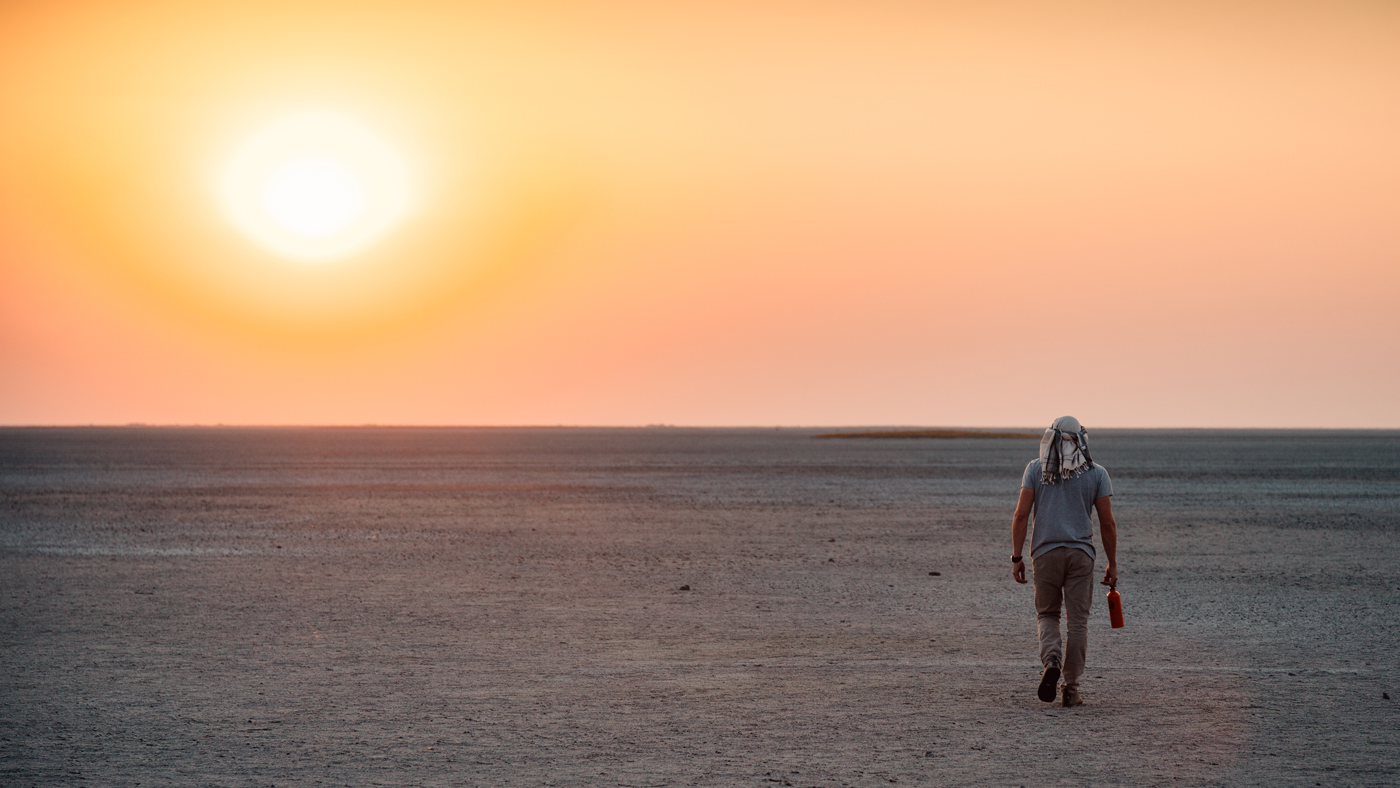
Life in the desert is hard won, and the elderly warthog in front of us was in no hurry to relinquish it.
Arguably, he was one of the lucky ones. He had reached old age in a place where the odds were stacked against it - and he had cheated death once before, losing an ear in the process. Now, though, his luck had run out. When the pack of wild dogs charged through the undergrowth, he couldn’t reach his burrow before one of them grabbed him by the tail.
An hour earlier, as the heat of the day subsided, we had watched the dogs wake up from their slumbers, the adults piled up under a thorn bush and their clutch of puppies hidden in the shade of a nearby tree. They had looked gentle, domestic, as they stretched and yawned and frolicked with each other in the golden evening light.
The Week
Escape your echo chamber. Get the facts behind the news, plus analysis from multiple perspectives.

Sign up for The Week's Free Newsletters
From our morning news briefing to a weekly Good News Newsletter, get the best of The Week delivered directly to your inbox.
From our morning news briefing to a weekly Good News Newsletter, get the best of The Week delivered directly to your inbox.
Now they were anything but. Two were trying to get hold of the warthog’s nose, dodging his lethal tusks, while the rest of the adults snapped at its rear end. Even when the poor old hog stopped fighting, he refused to die. He must have been in shock, but it was hard not to project meaning into those glazed eyes: he knew the game was up.

When his tusks no longer posed a threat, the adults stood back to let the pups tumble in, clambering over each other in their excitement to eat. Their parents had come back empty-mouthed from their morning hunt, and they needed this. They gorged themselves, their bellies distending, as the adults set off again, loping through the bush, their ears pricked and their noses sniffing the wind.
Soon they came upon an oryx, a healthy adult with horns curved like scimitars. It stood its ground and the dogs gave up the chase after a few strides. It wasn’t worth the risk. Twice more the same thing happened, prey and predator locking eyes, calculating the odds, deciding they were stacked in the oryx’s favour. It was as if they were hunting by gentleman’s agreement - and then all at once it wasn’t.
The dogs surged forward and the guide shouted back, urging us to hold on as he floored the throttle and clattered after them. At last they had found what they sought: a lone baby oryx, apart from the herd. One dog bit his ear, holding him still as the others circled around the back, preparing to sink their teeth into his haunches. I wasn’t sure I had the stomach to watch another kill.
A free daily email with the biggest news stories of the day – and the best features from TheWeek.com
Then, summoned by the youngster's stricken cries, the mother charged to the rescue. Head down and horns to the fore, she repelled the dogs, which retreated a few metres, circling the mother and child, until more oryx joined the defensive effort and they knew they were beaten. With the light fading, they skulked back to the warthog to pick the few remaining scraps off its carcass. The lucky young oryx was more-or-less unharmed.

We too retreated, reflecting on death, hunger and survival on the journey back to the lodge. They’re all woven into the fabric of life at Tswalu Kalahari, the largest private game reserve on the continent, which offers an unusually intimate safari experience.
Instead of cruising around, dropping in on whatever you find, each game drive is devoted to tracking down a particular species. In part, this is a matter of necessity: the dry land of the South African Kalahari can't support the density of game found in the Kruger or the Serengeti.
But the more selective approach also has its advantages. Once you find your target species - and we spent a few hours seeking out a pair of black-maned Kalahari lions - you can devote more time to them, following them as they hunt or patrol their territory, learning more about how they survive in this harsh environment.
Harsh for the animals, that is: for the humans, different rules apply. In fact, Tswalu Kalahari is one of the world’s most luxurious lodges. The chef, for example, offered to fly in lobster and champagne from Cape Town if we couldn’t find anything to our liking on the menu, or in the well-appointed wine cellar and cabinet of whiskies and cognacs already at our disposal. Our private stone cabin, one of nine, was furnished with a four-poster bed, indoor and outdoor showers, air conditioning for the summer heat and log fires for chilly winter evenings.
In October, we experienced both. The temperature dipped to an unseasonable 6C at one point, as South Africa experienced a day of near-apocalyptic weather. Hundreds of miles away, hail stones the size of tennis balls were falling in Johannesburg, and on the other side of the country, flood waters poured through the streets of Durban. In wilful ignorance of these ill omens, we pulled up a chair to the fire and warmed ourselves with a glass of peaty, smoky Scotch.
The next morning we flew out of Tswalu, and then on from Johannesburg over the Central Kalahari, a vast expanse of red sand, until a thickening of thorn bushes and a splash of green heralded our arrival in the Okavango Delta.
Whether this north-western quarter of Botswana is desert at all remains a matter of some dispute. Annual rainfall here is low, but summer storms in tropical Angola send 11 trillion litres of water a year cascading down the Cubango river, over the border, and into the delta, where it attracts one of the greatest gatherings of wildlife in Africa.

Turning back into the true Kalahari, we drove for three hours, half on smooth tar and half on rough sand, to the Lodge at Feline Fields, a luxury retreat in this remote corner of the country. We arrived late in the afternoon and lingered at the bar to watch the sunset before checking into our “suite”, a two-storey cabin with its own swimming pool.
Despite its name, Feline Fields is not the place to come for big cats, nor for any big game (apart from elephants, a pair of which came to drink from our pool one afternoon). Instead, it offers respite from the 5am alarm calls of the safari regime and a few days of five-star hospitality in the bush.
We enjoyed our lie-ins, lazy afternoons by the pool and a gentle horseback safari through the dry grass, but the highlight was our two visits to the San people, the original inhabitants of the Kalahari, who “began to split off from other living humans about 200,000 years ago”, says The New York Times. That’s at least 120,000 years before the first humans arrived in Europe.

Northern Botswana remains a San stronghold, although their customs persists in only the remotest areas. Our hosts showed us their grass huts, tried to teach us the rules of a complicated campfire game, and demonstrated the tools they once used to make fire, dig for water-bearing roots and set traps for guinea fowl and other animals.
These implements also have a long lineage. In 2012, a very similar set unearthed in South Africa was found to be 44,000 years old, providing “the earliest unambiguous evidence for modern human behaviour”, the BBC reports.
Now, though, San culture is at a crossroads, or perhaps a dead end. Botswana’s conservation laws have outlawed their hunter-gatherer lifestyle, and they tell us that the skills needed to survive in the bush are being lost. Their children are going to school, opening up new opportunities but also separating them from the old ways. Having survived tens of thousands of years, their traditions are unlikely to last another generation.

Their loss will change the Kalahari, which has itself been transformed since the San first made it their home. Then, much of it was under the waters of Lake Makgadikgadi, which covered northern Botswana and Namibia until about 20,000 years ago, when the climate and drainage system changed and it began to dry up. Now, all that remains is the vast Makgadikgadi salt pan - our next destination - and the oddity that is Lake Ngami.
A stretch of shallow water, punctuated by half-submerged trees, it now looks more like a flood than a lake - but it was once very different. “Arriving at the shores of Lake Ngami in 1849, Dr David Livingstone witnessed a magnificent expanse of water teeming with animals and birdlife,” says Lonely Planet, but it “disappeared entirely a few years later, reappearing briefly towards the end of the 19th century.” It came back again after heavy rains in 1962 and grew to cover about a hundred square miles, then “mysteriously disappeared again in 1982, only to reappear once more in 2000”.
Our guide advanced the theory that small earthquakes - a regular occurrence in the bedrock under Botswana, though rarely felt at the surface due to the cushioning effect of the deep sand above - are responsible for changes in drainage patterns on the surface, but there is no scientific consensus.
On the salt pans, by contrast, the water cycle runs like clockwork. After months of drought, summer rains soak the flat land, setting off a huge migration of zebra and wildebeest which come to gorge on the greenery.

It was not quite in full swing in mid-October, but the early birds and beasts had beaten us to San Camp, one of Uncharted Africa’s three tented camps on the salt pan. A model of elegant simplicity, its billowing white tents are furnished with antique beds, rugs and writing desks. Tall palm trees provide shade by day, and by night banks of oil lamps cast flickering shadows and the glow of old-world glamour.
After our brief respite, we were back to 5.30am, but I soon perked up as the sun climbed above the horizon, suffusing the salt pan with a peachy warmth and gilding the bathroom’s brass fittings. Or perhaps it was the hot flask of coffee that came with the wake-up call.
We set out from the camp, the white tents glowing behind us, but came to a stop almost immediately. I saw the jackals first, then the vultures, and then smelt death. Our guide followed the scavengers, turning off the track towards the spot where two male lions had brought down a zebra, just a few hundred yards from where we slept.
One, having already had his fill, was napping in the grass, but the other was still working at the carcass, gnawing and licking, his mane smeared with blood. From time to time a jackal - there were 28 of them waiting their turn - would get too close and the lion would turn and glare, sending it scurrying away. Vultures circled above, occasionally coming in to land a respectful distance from the lions.

Our next hosts, a colony of meerkats, were more accommodating. These charismatic little creatures have become so accustomed to human visitors that they treated us as part of the scenery, scampering over and in between our feet.
The guide led us to one of their look-out points and invited me to sit down on the pile of rocks. The colony’s sentry, spotting a more elevated vantage point, climbed up my arm, hesitated for a moment to sniff my ear, and then scrambled onto my head. And there he stood, looking this way and that, massaging my scalp with his claws and chattering away to the rest of the meerkats to tell them what he could see.
After ten minutes or so it was time for another meerkat to take over sentry duties, and I used the changing of the guard as an opportunity to get up. His replacement had to make do with the rocks, while I followed his companions out onto the salt pan as they went in search of breakfast. One mother shuttled back and forth, bringing scorpions to her two tiny babies. Then, for the first time in their lives, the youngsters went out foraging for themselves, joining the adults on a trip onto the salt pan, their tails pointing straight up to the sky like aerials.

After breakfast, we set off for Jack’s Camp, the original Uncharted Africa camp. A short drive across the pan, its vibe is less Moorish and more classic British expedition. Its dark green tents are lined with crimson, while red velvet upholstery completes the 1940s aesthetic.
The heat built towards 45C that afternoon, forcing us into the shade of the canvas, where we dozed on the four-poster bed until high tea. In an open-sided tent, cooled by a languid breeze, we sat cross-legged on cushions and tucked into quiches, tarts, kebabs and cakes, preparing ourselves for an expedition into the heart of the salt pan.

It was a glorious way to spend our final evening in the Kalahari. Setting off on quad bikes, we tore along a narrow path and soon left behind all trace of vegetation. Spanning 6,000 square miles, the Makgadikgadi salt pans are among the largest in the world - and, at the end of the dry season, utterly inhospitable. Few plants survive the dry, salty soil, and animals have no reason to venture out onto the shelterless plains. After an exhilarating 20-minute drive, we could have been at the end of the Earth.
We came to a halt and turned off the quad bikes, absorbing the absolute silence. Then, with baked salt creaking underfoot like fresh snow, we stepped out towards the sunset and found a place to lie down on the ground and stare up at the sky as the stars came out.

Three nights at Tswalu, one night at the Saxon hotel in Johannesburg and three nights at San Camp are available from the Luxury Safari Company for £7,400pp, including flights. Accommodation at Tswalu and San Camp is full board and all activities are included. For a tailor-made itinerary, phone 01666 880 111, email info@theluxurysafaricompany.com or visit theluxurysafaricompany.com
A stay at The Lodge at Feline Fields starts from £725pp, including return road transfers, full board, all activities and a £25 donation to the Feline Fields Trust. Book at felinefields.com
British Airways flights from London to Johannesburg cost from £537
Holden Frith is The Week’s digital director. He also makes regular appearances on “The Week Unwrapped”, speaking about subjects as diverse as vaccine development and bionic bomb-sniffing locusts. He joined The Week in 2013, spending five years editing the magazine’s website. Before that, he was deputy digital editor at The Sunday Times. He has also been TheTimes.co.uk’s technology editor and the launch editor of Wired magazine’s UK website. Holden has worked in journalism for nearly two decades, having started his professional career while completing an English literature degree at Cambridge University. He followed that with a master’s degree in journalism from Northwestern University in Chicago. A keen photographer, he also writes travel features whenever he gets the chance.
-
 A January deadline could bring the pain all over again
A January deadline could bring the pain all over againToday’s Big Question A January deadline could bring the pain all over again
-
 Political cartoons for December 23
Political cartoons for December 23Cartoons Tuesday's political cartoons include an eye on CBS, cracking the middle class, and Donald Trump's name on everything
-
 Is Keir Starmer being hoodwinked by China?
Is Keir Starmer being hoodwinked by China?Today's Big Question PM’s attempt to separate politics and security from trade and business is ‘naïve’
-
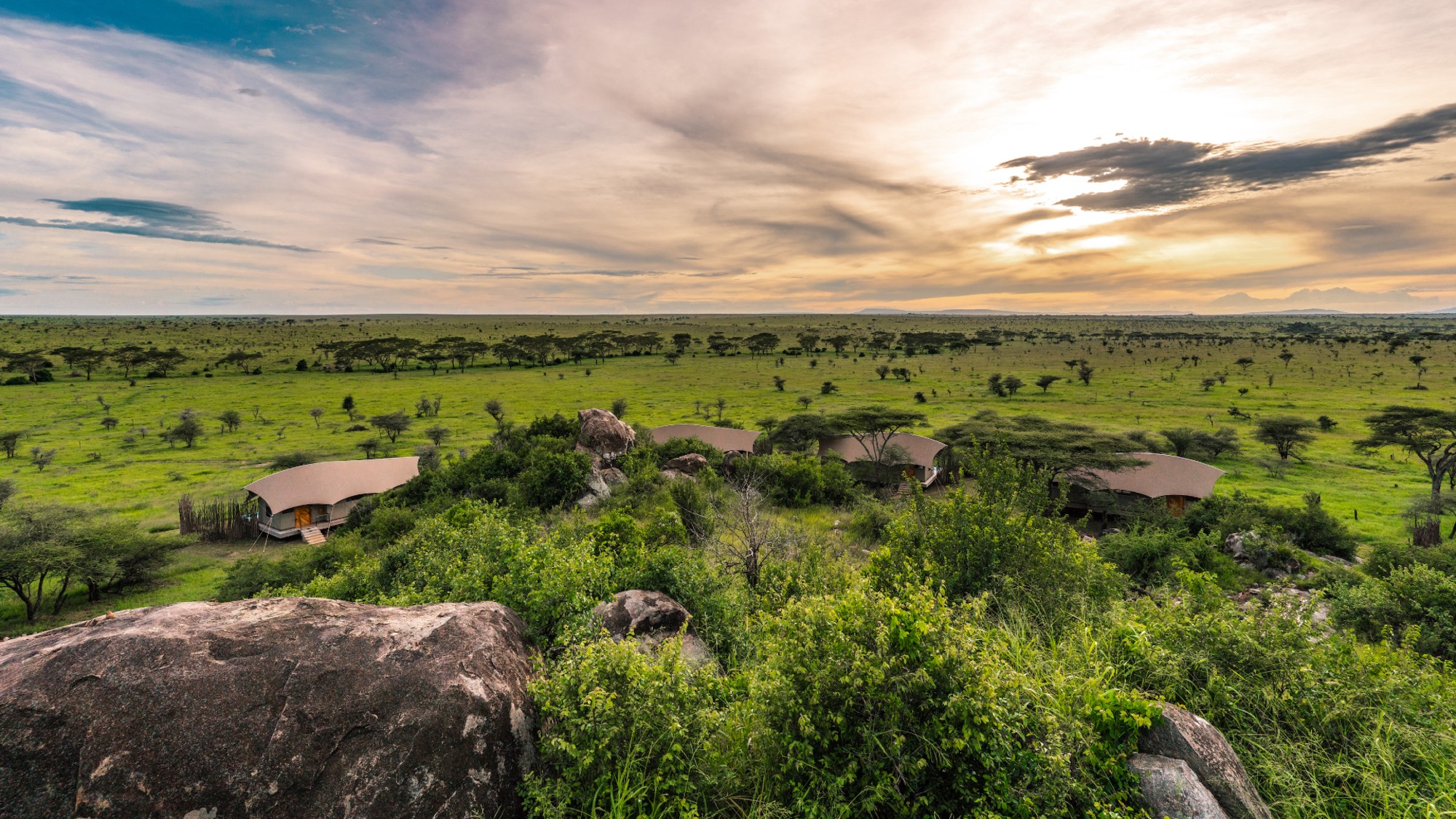 Experience Tanzania’s untamed wilderness from Lemala’s luxury lodges
Experience Tanzania’s untamed wilderness from Lemala’s luxury lodgesThe Week Recommends The vast protected landscapes are transformed into a verdant paradise during ‘emerald season’
-
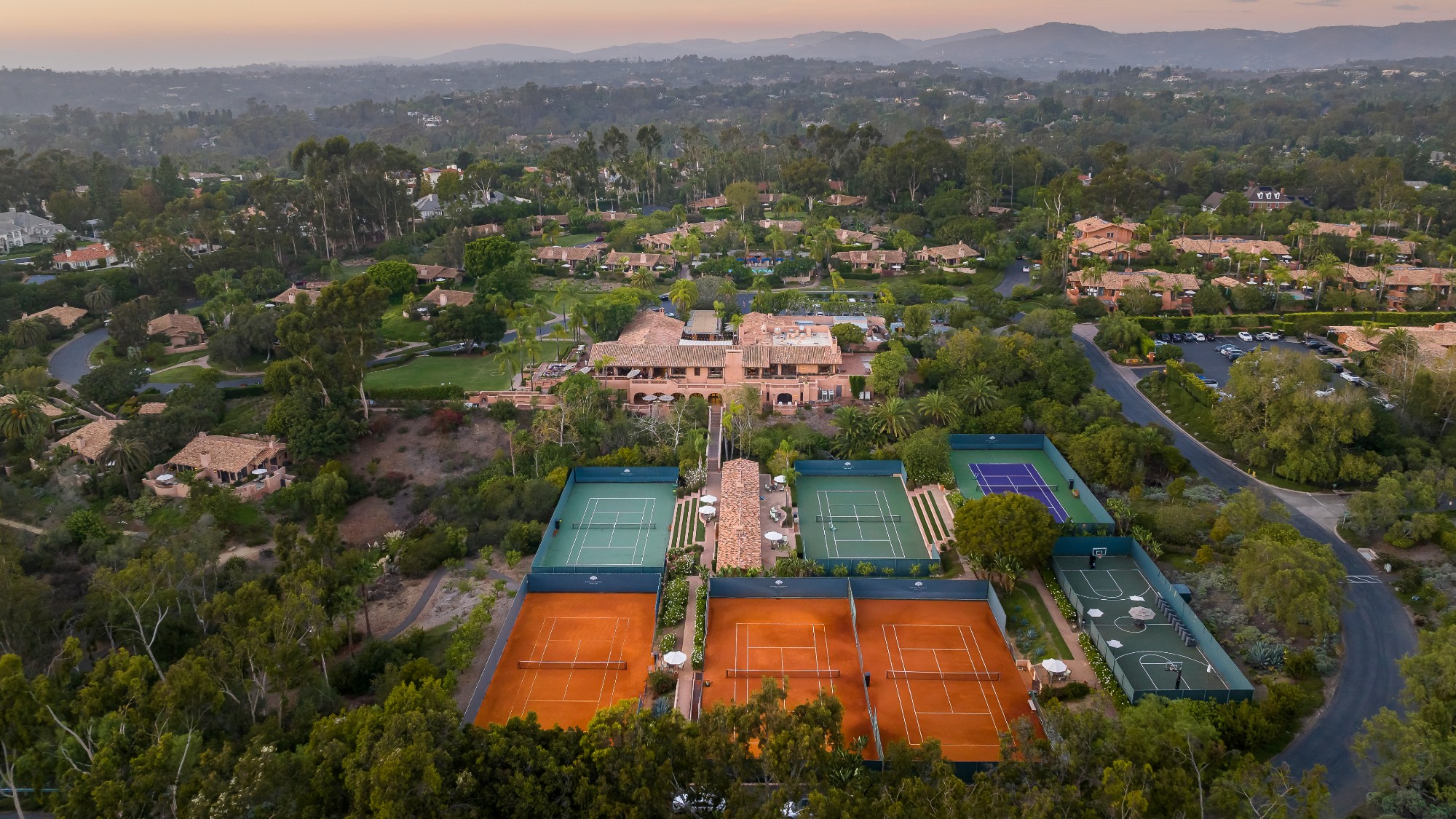 8 hotels with ace tennis courts
8 hotels with ace tennis courtsThe Week Recommends Bring your A game
-
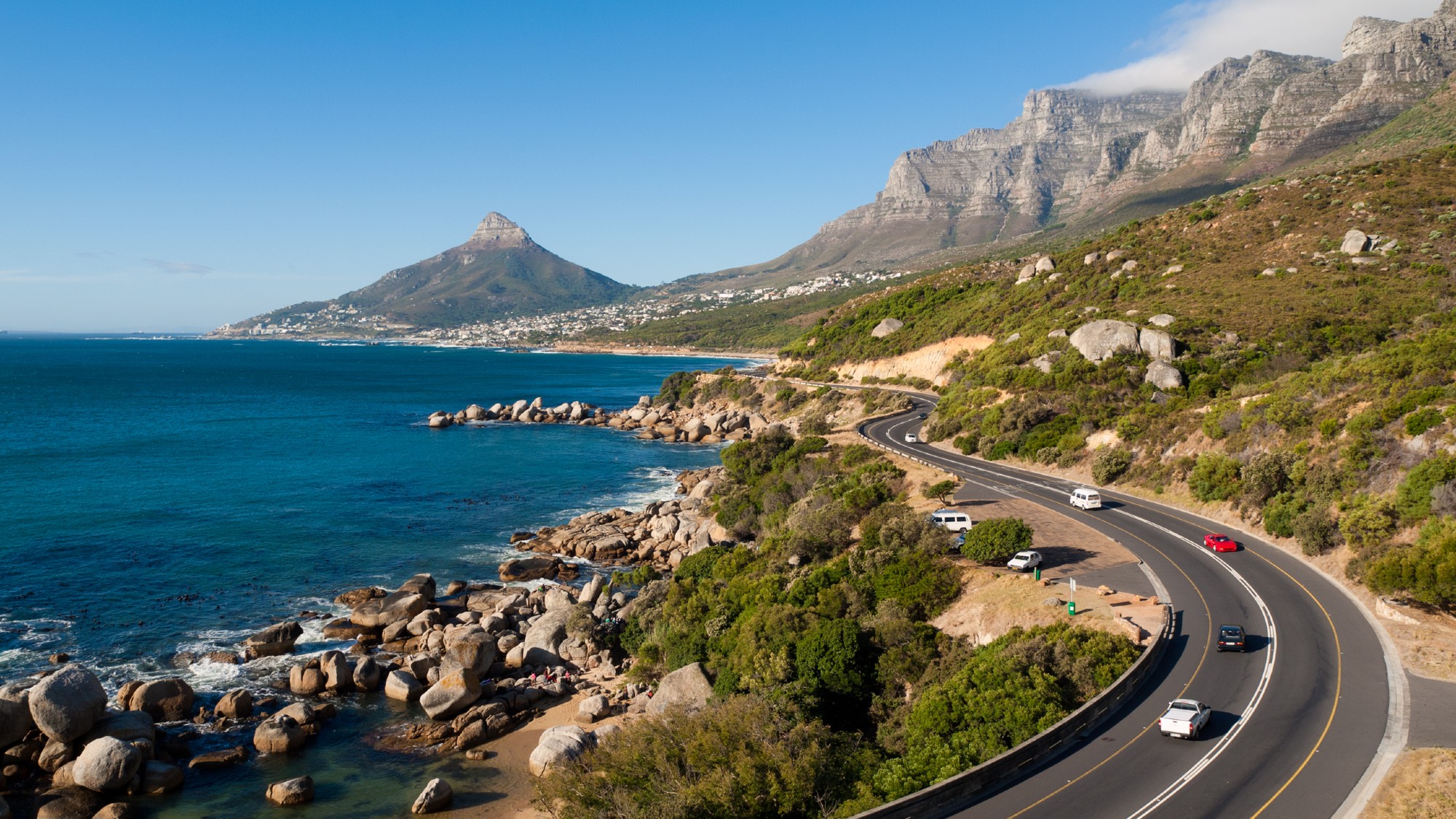 5 cultural and scenic trails to wander on four wheels
5 cultural and scenic trails to wander on four wheelsThe Week Recommends Leave the hiking shoes at home
-
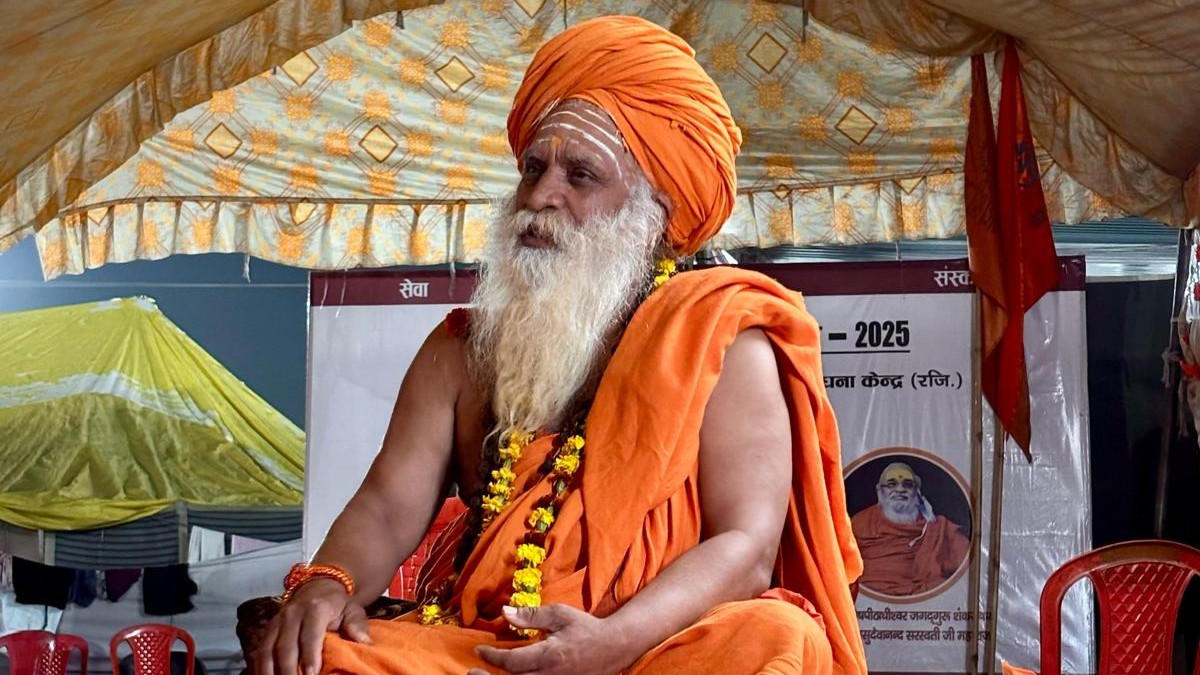 Uttar Pradesh: from a once-in-a-generation festival to tiger tracking in an ancient forest
Uttar Pradesh: from a once-in-a-generation festival to tiger tracking in an ancient forestThe Week Recommends Soak up the state's rich culture on one of Explorations Company's specially curated tours
-
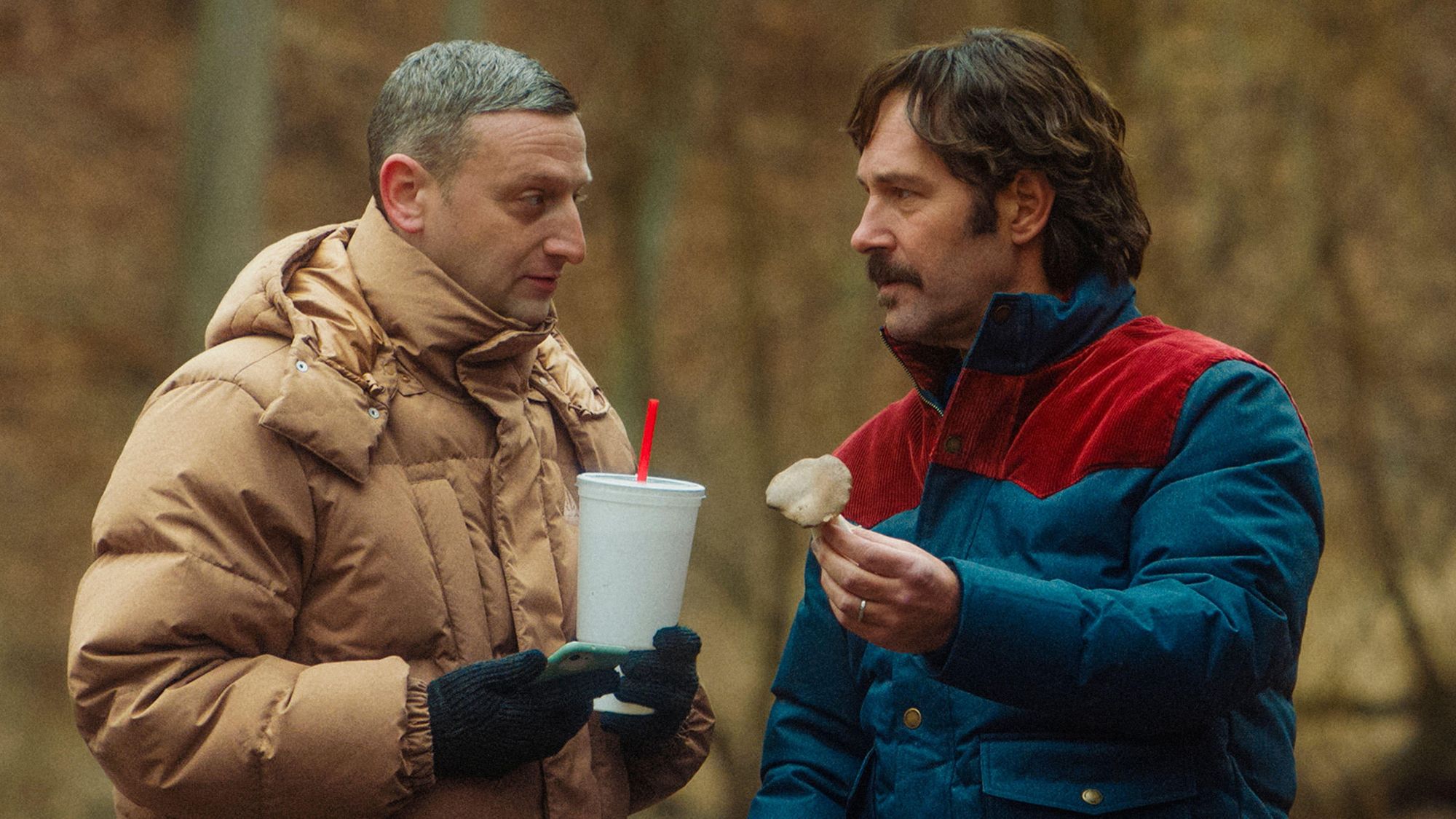 Friendship: 'bromance' comedy starring Paul Rudd and Tim Robinson
Friendship: 'bromance' comedy starring Paul Rudd and Tim RobinsonThe Week Recommends 'Lampooning and embracing' middle-aged male loneliness, this film is 'enjoyable and funny'
-
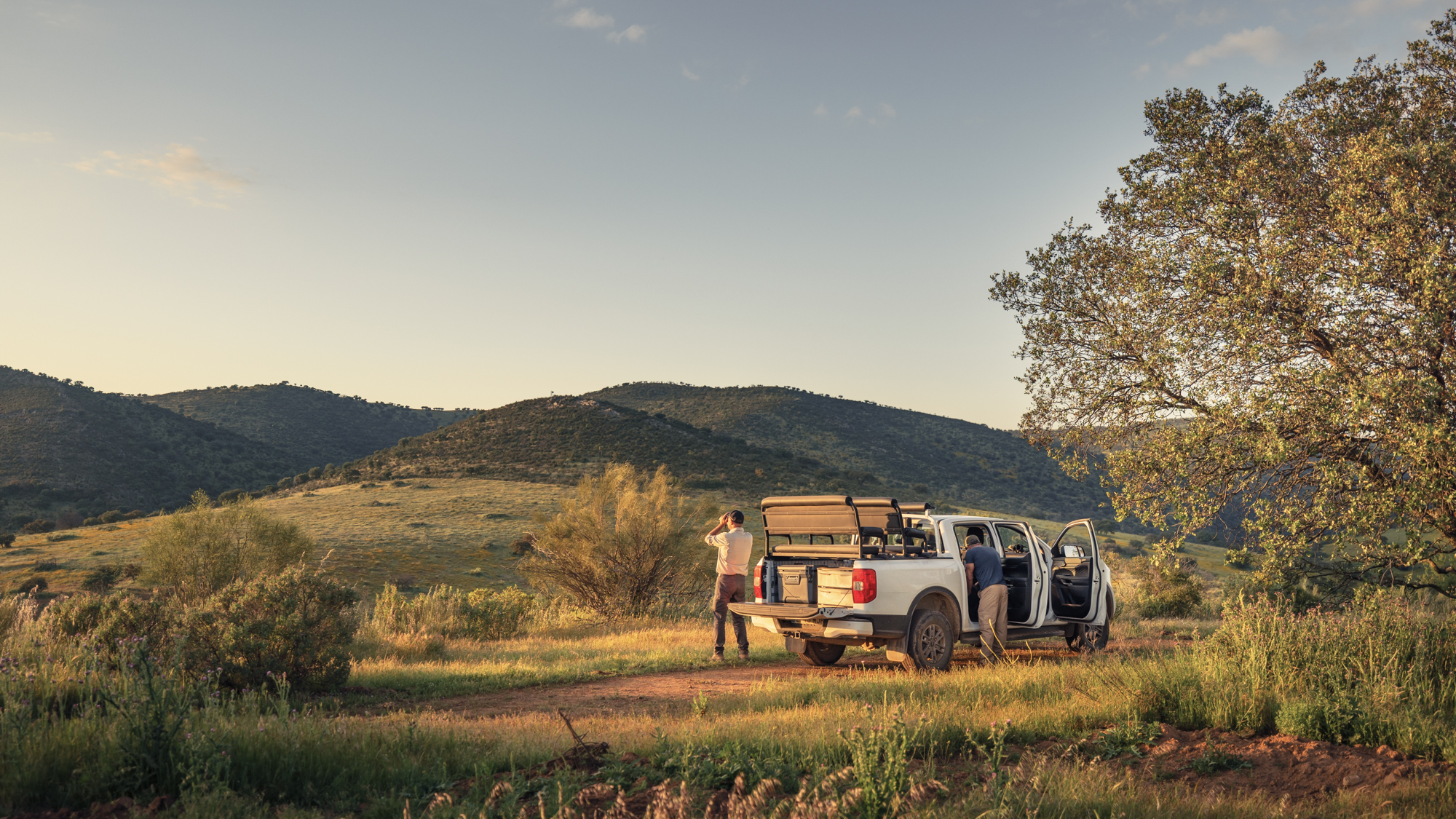 On the trail of the Iberian lynx
On the trail of the Iberian lynxThe Week Recommends Explore the culture, food – and wildlife – of Extremadura on this stunning Spanish safari
-
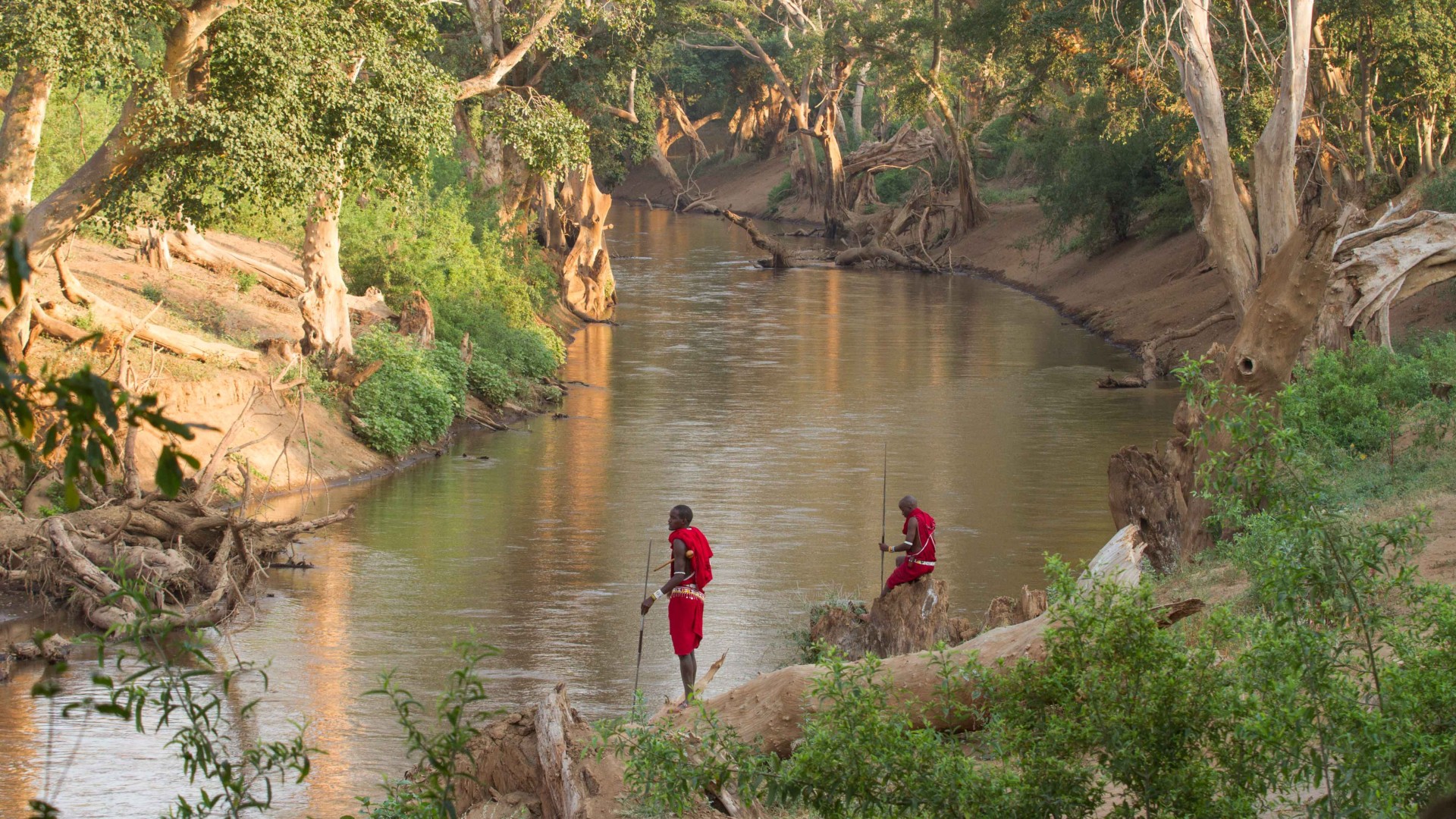 Shompole Wilderness Camp: immerse yourself in nature at this secluded retreat
Shompole Wilderness Camp: immerse yourself in nature at this secluded retreatThe Week Recommends This luxurious family-run camp in southern Kenya has access to more than 350,000 acres of pristine savannah
-
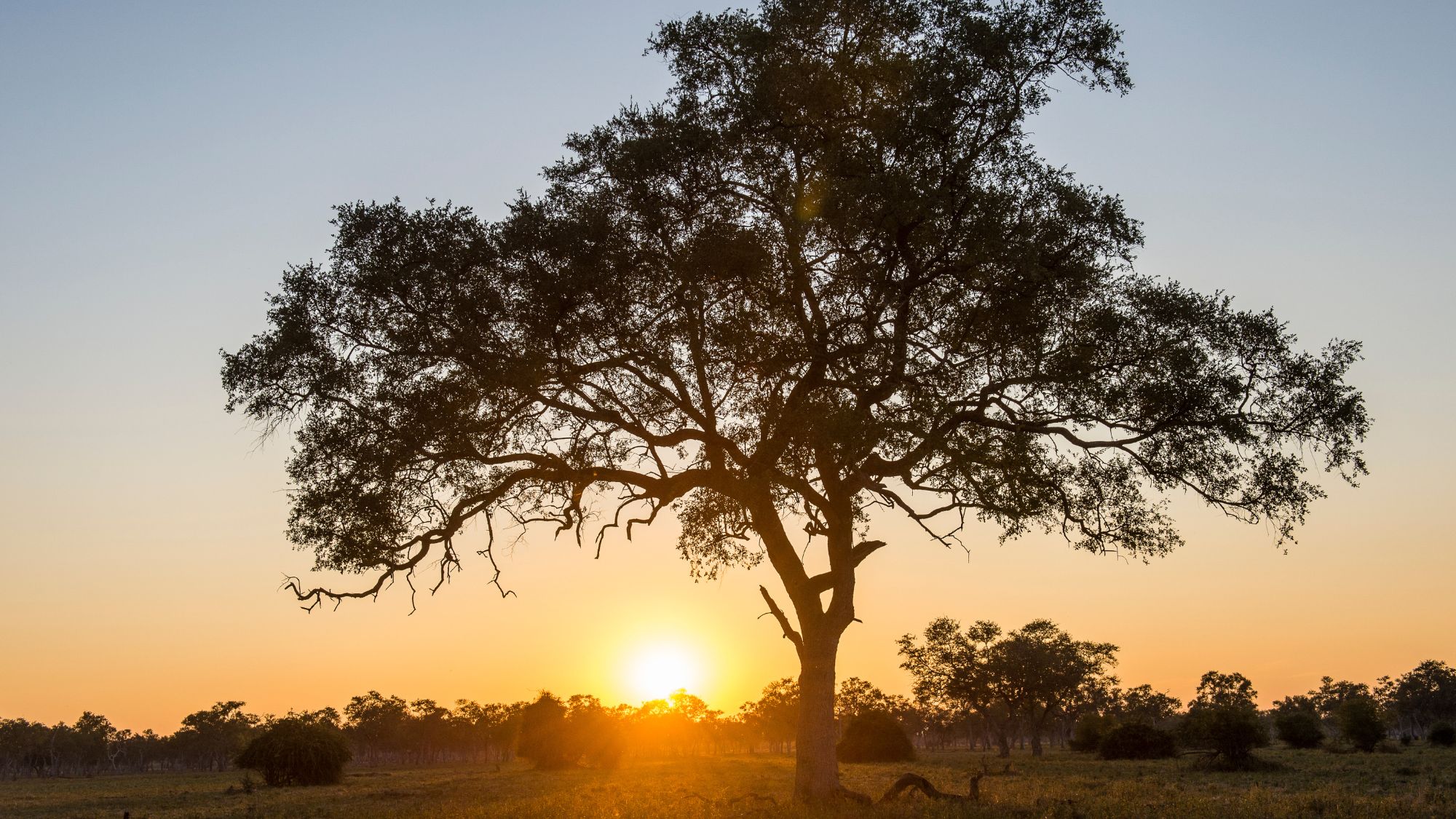 A horseback safari in the wilds of Zambia
A horseback safari in the wilds of ZambiaThe Week Recommends Unforgettable trip offers chance to see wildlife and experience local villages